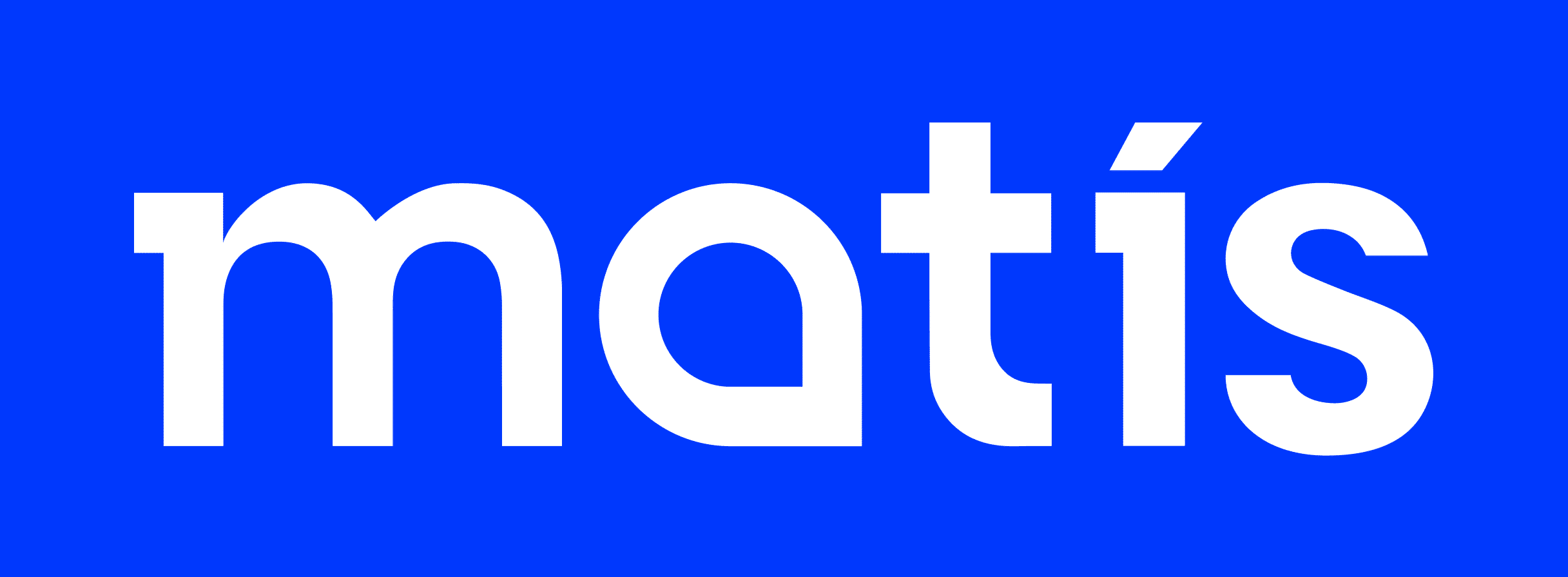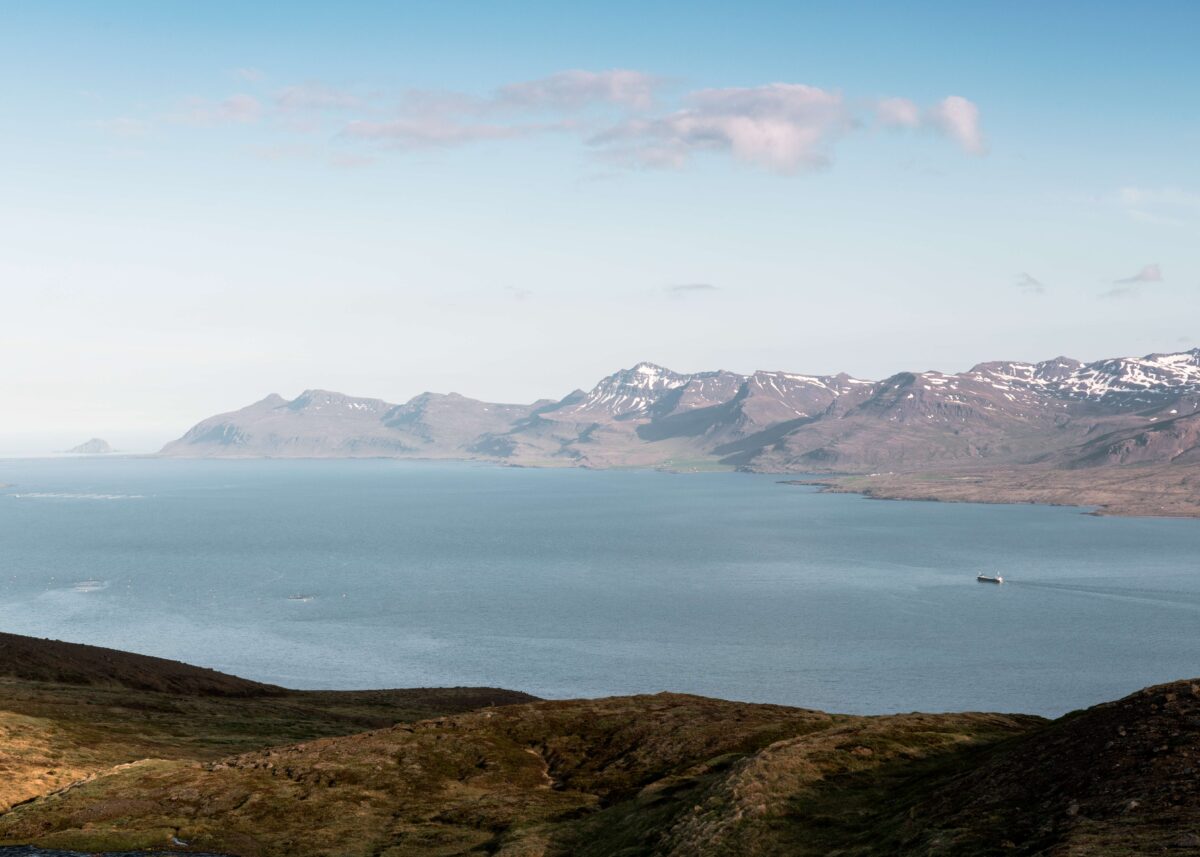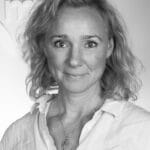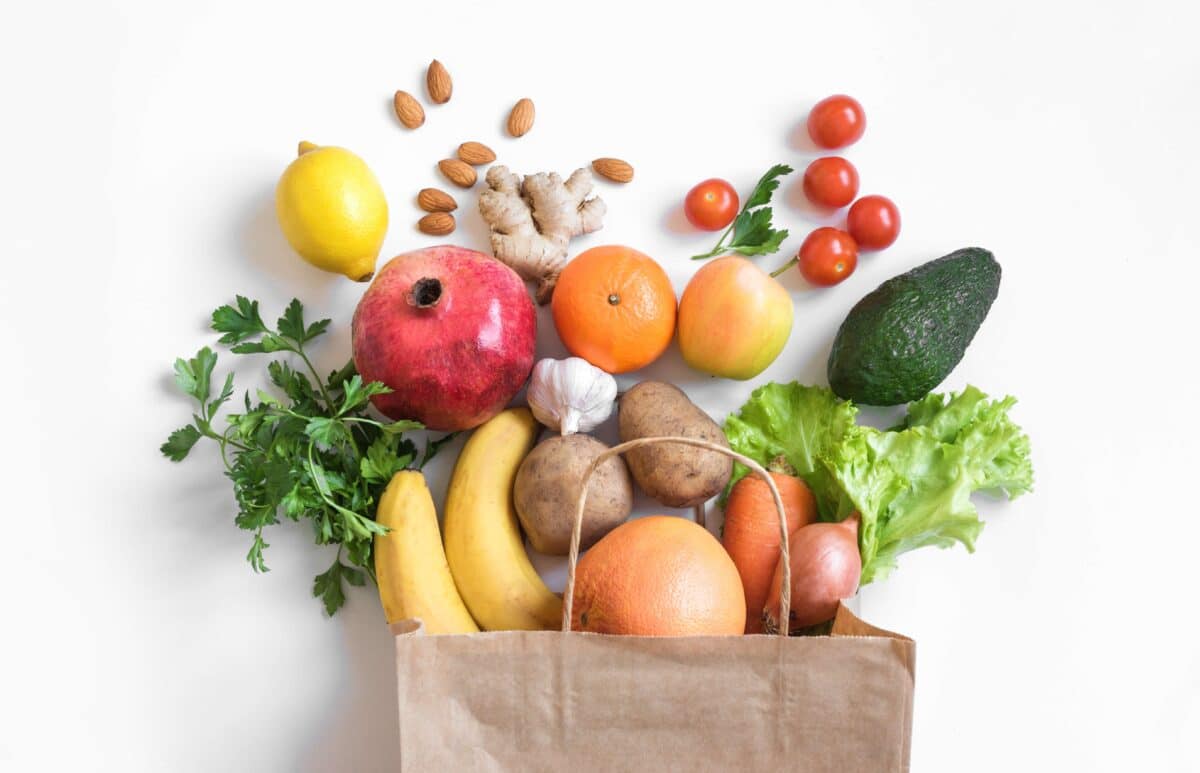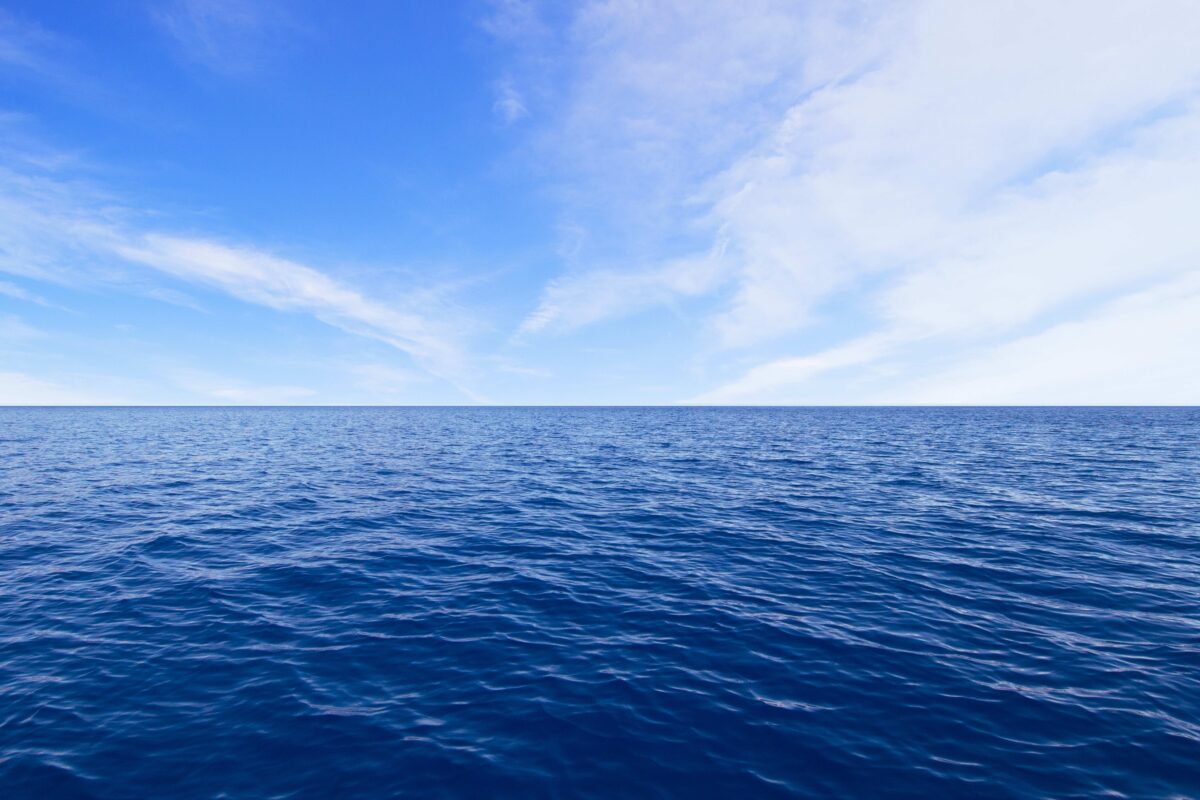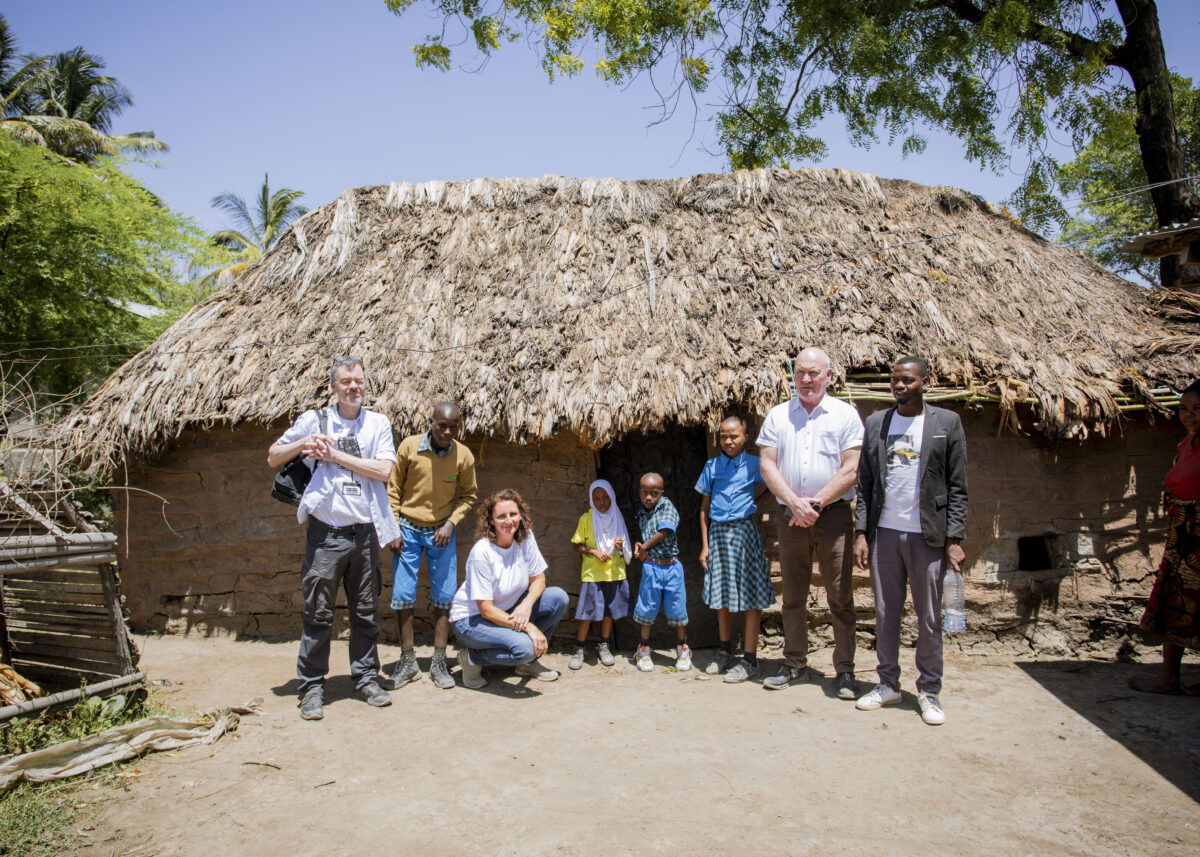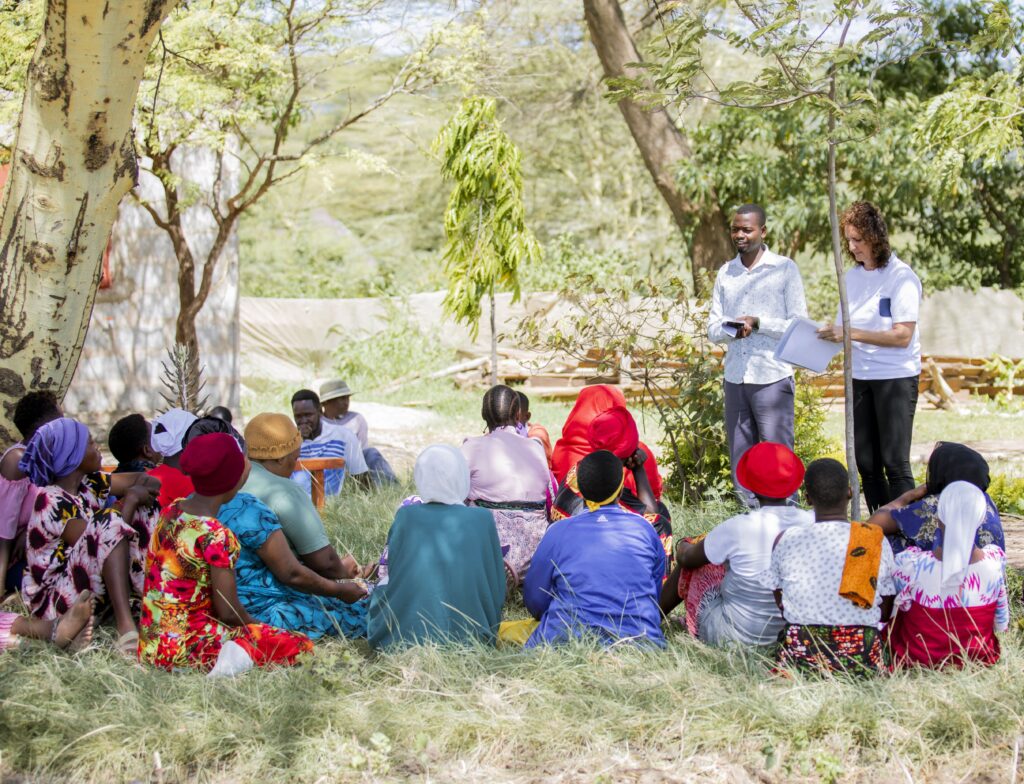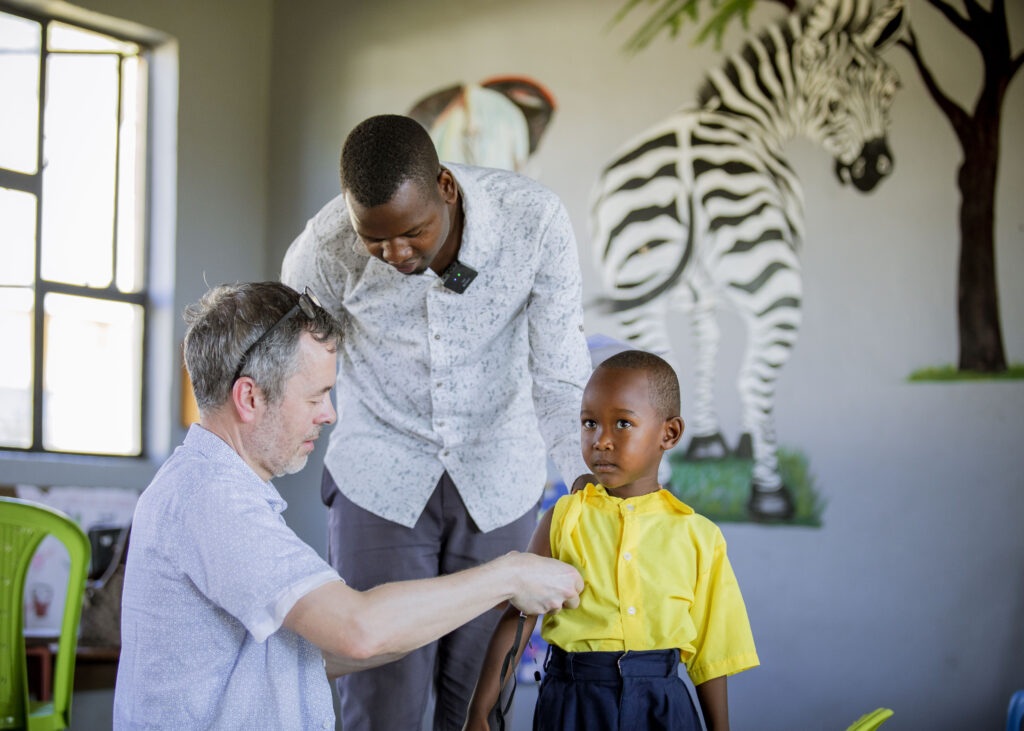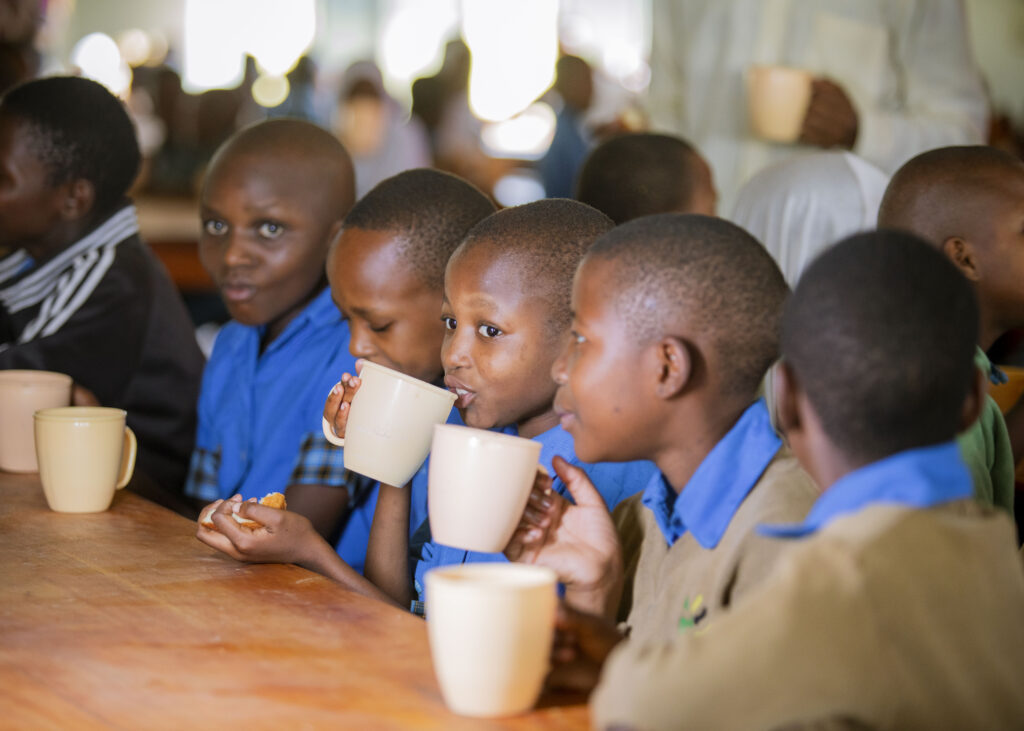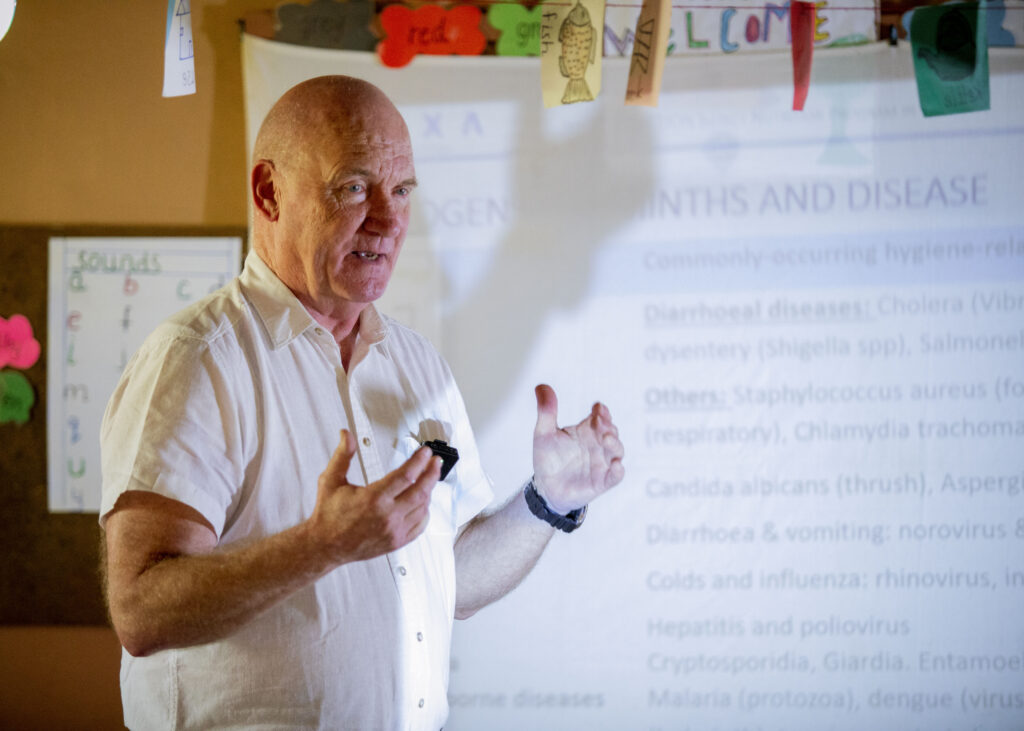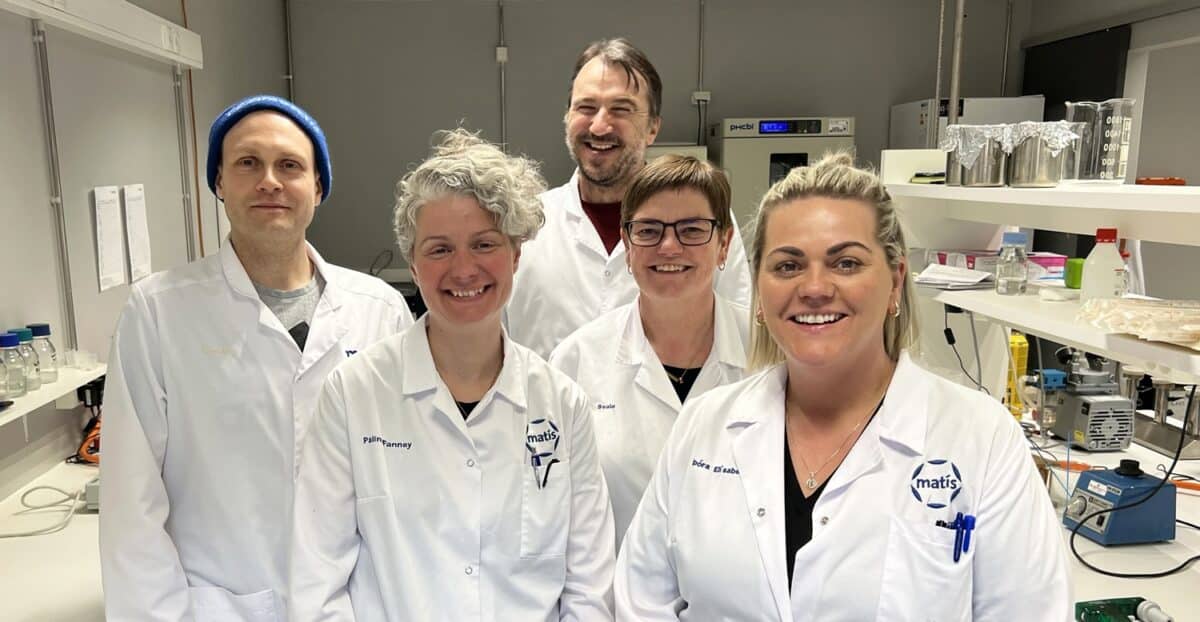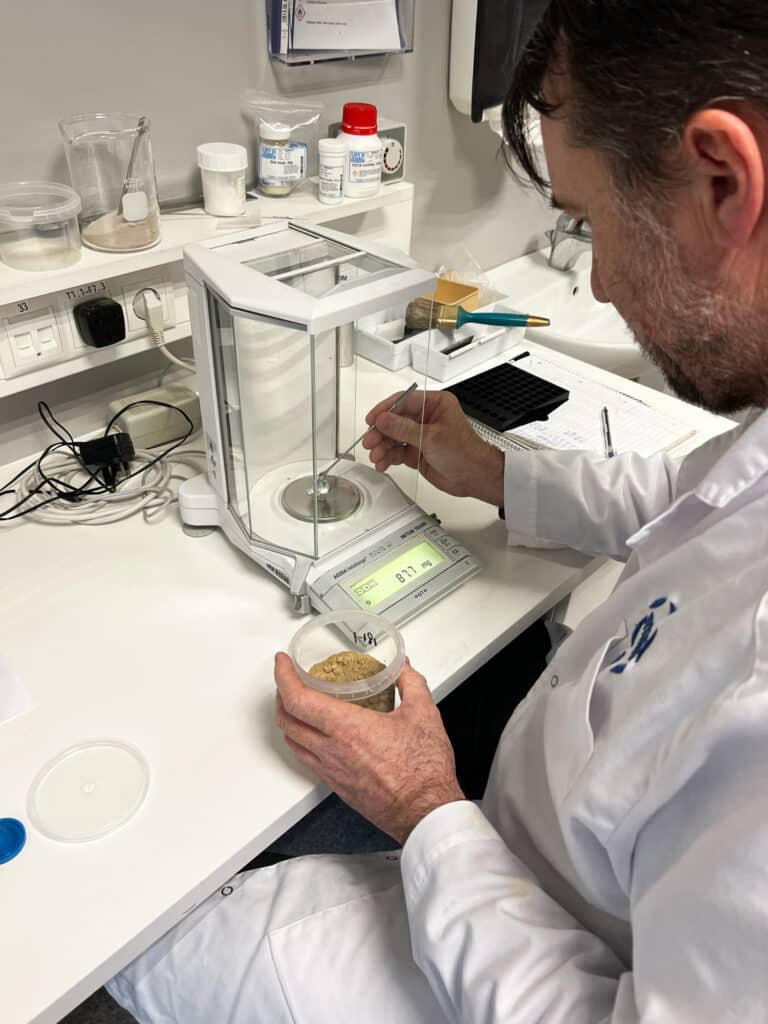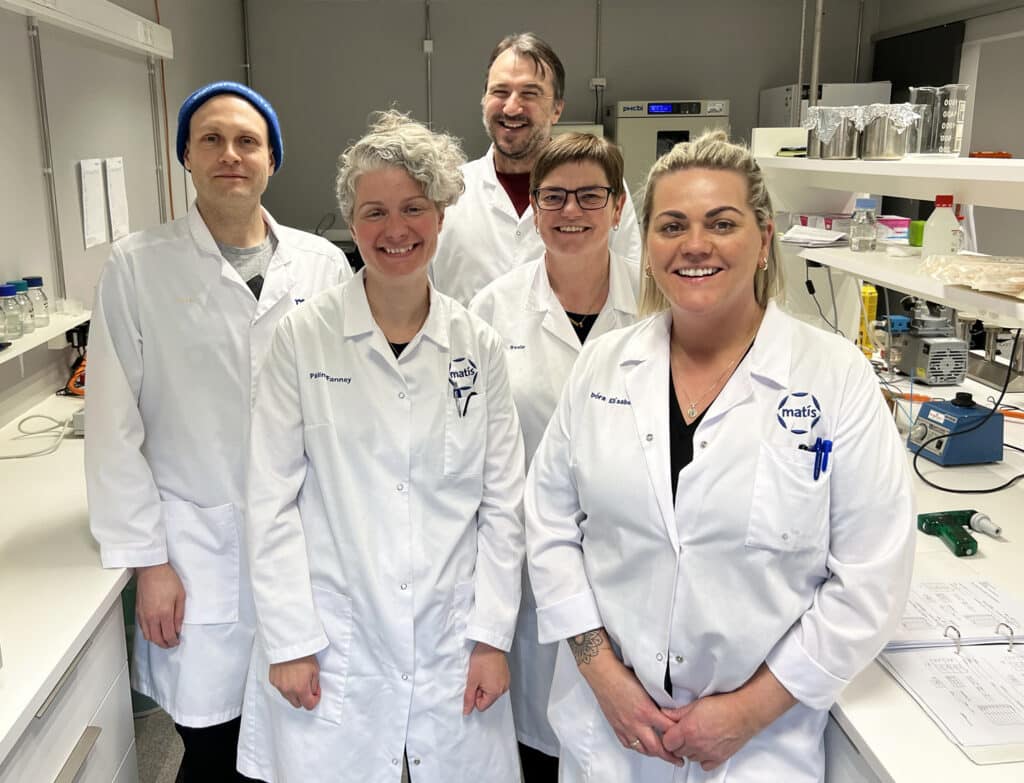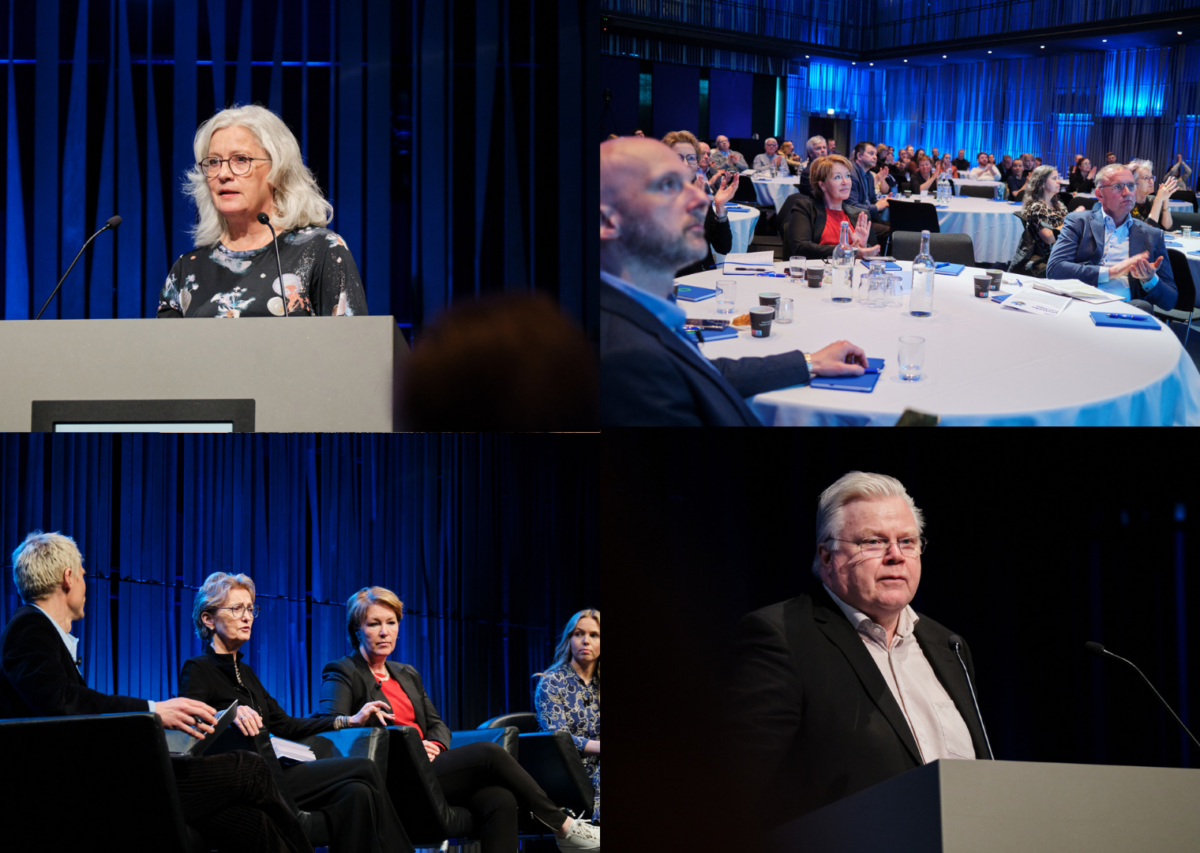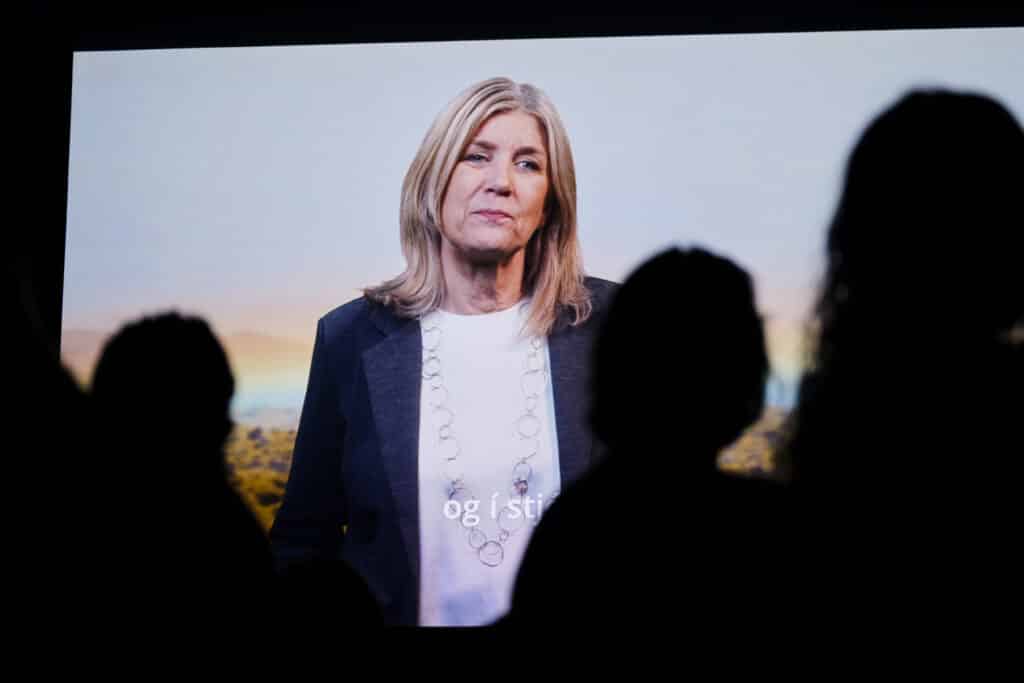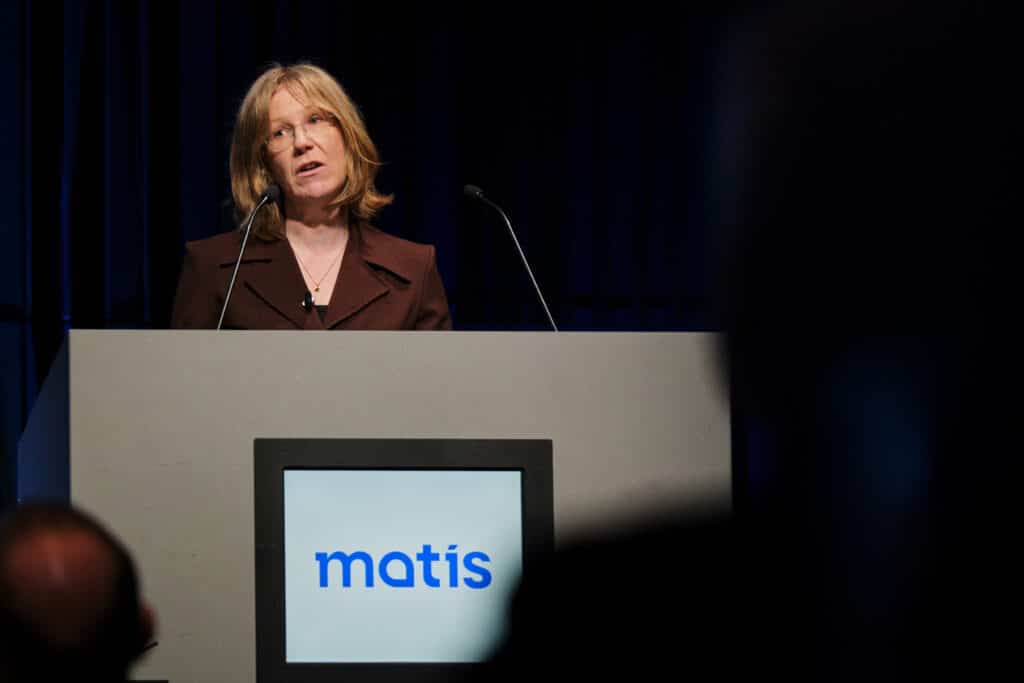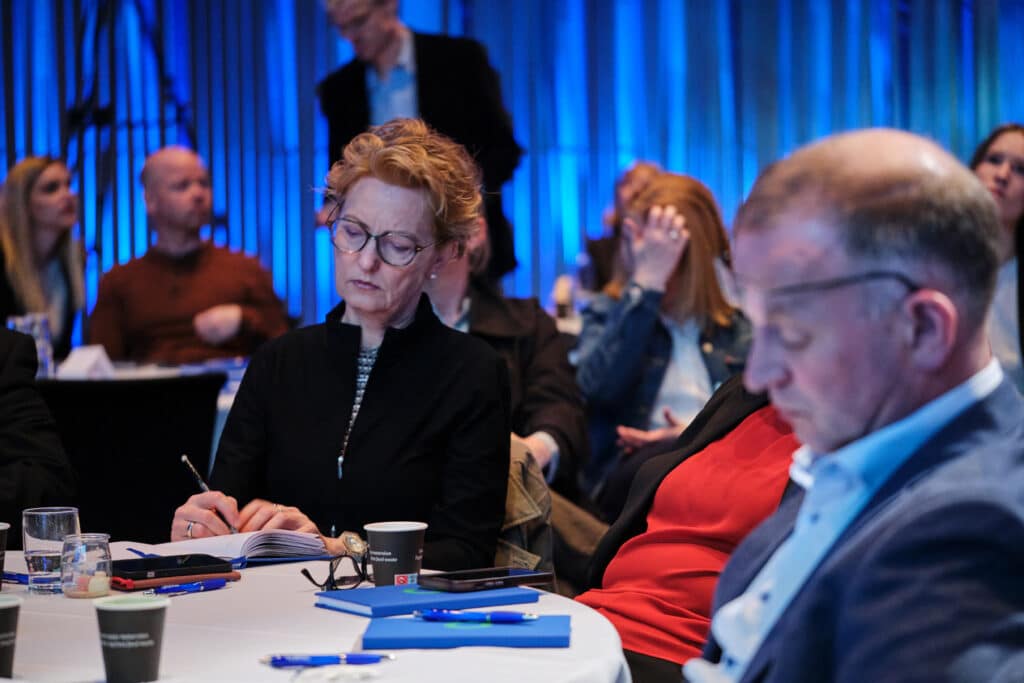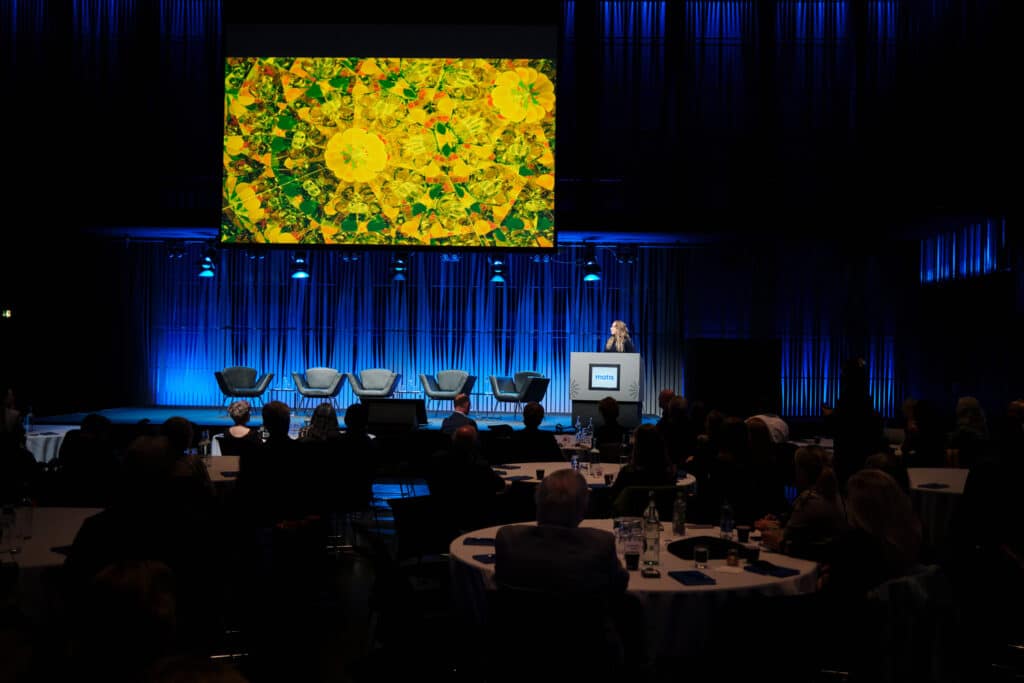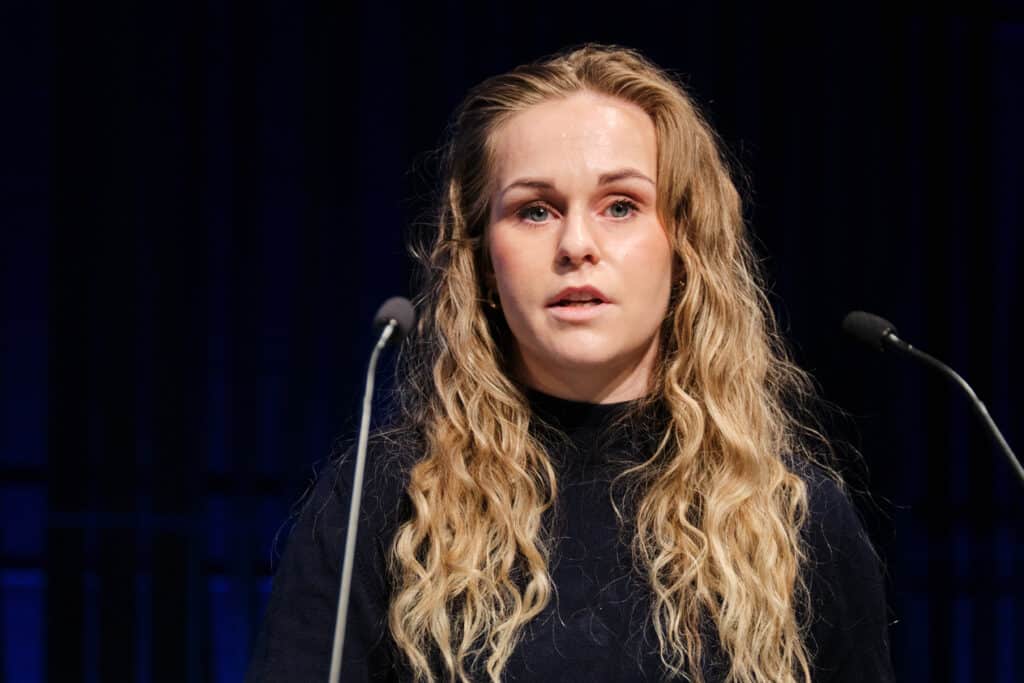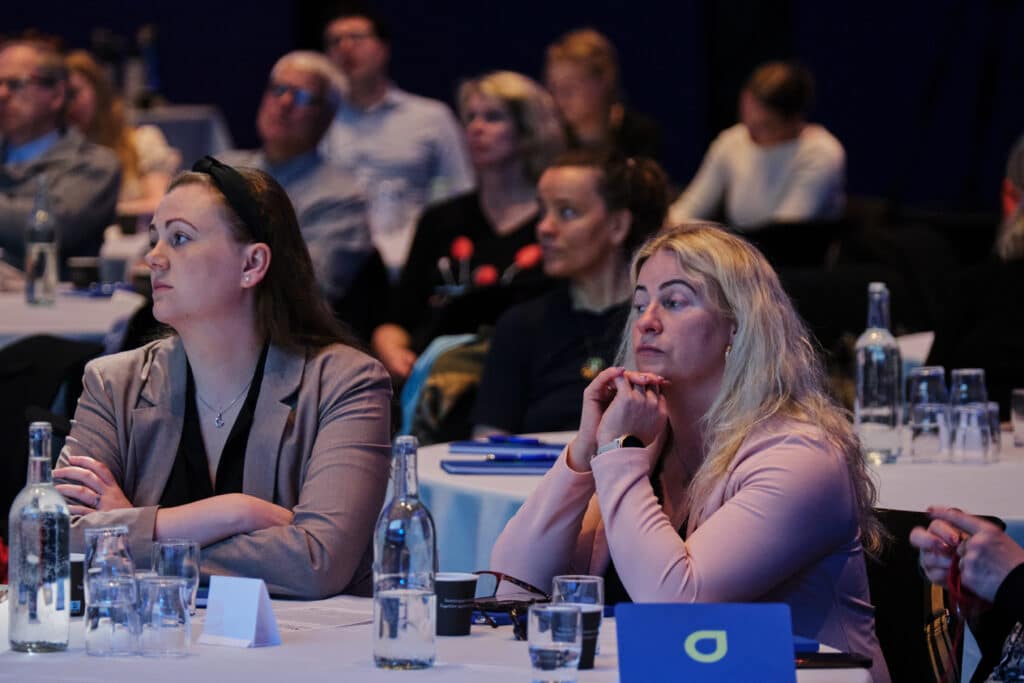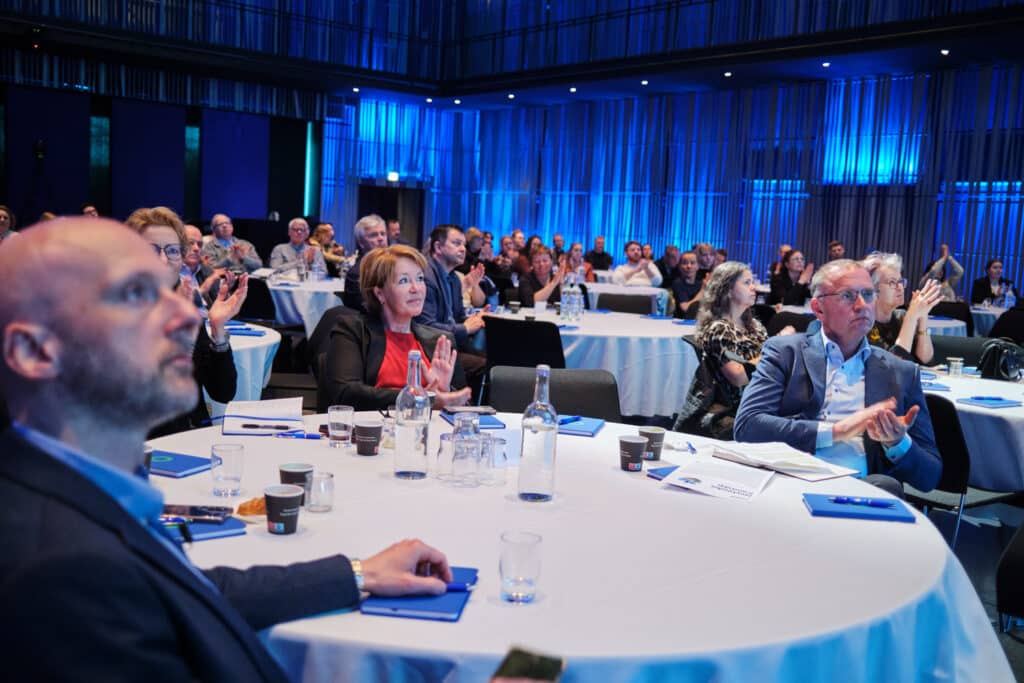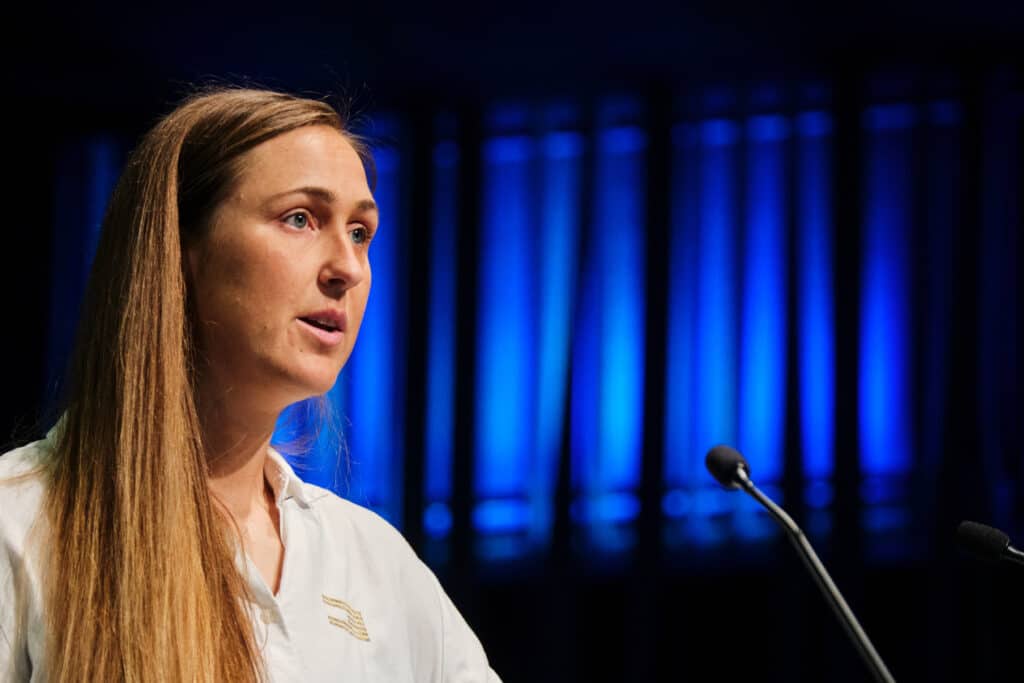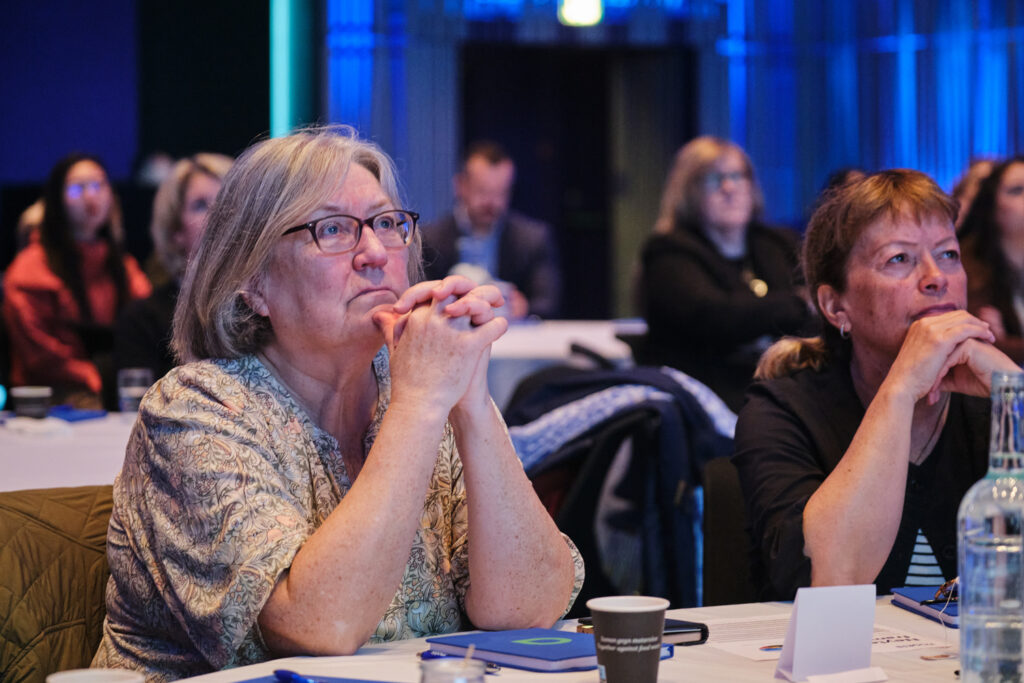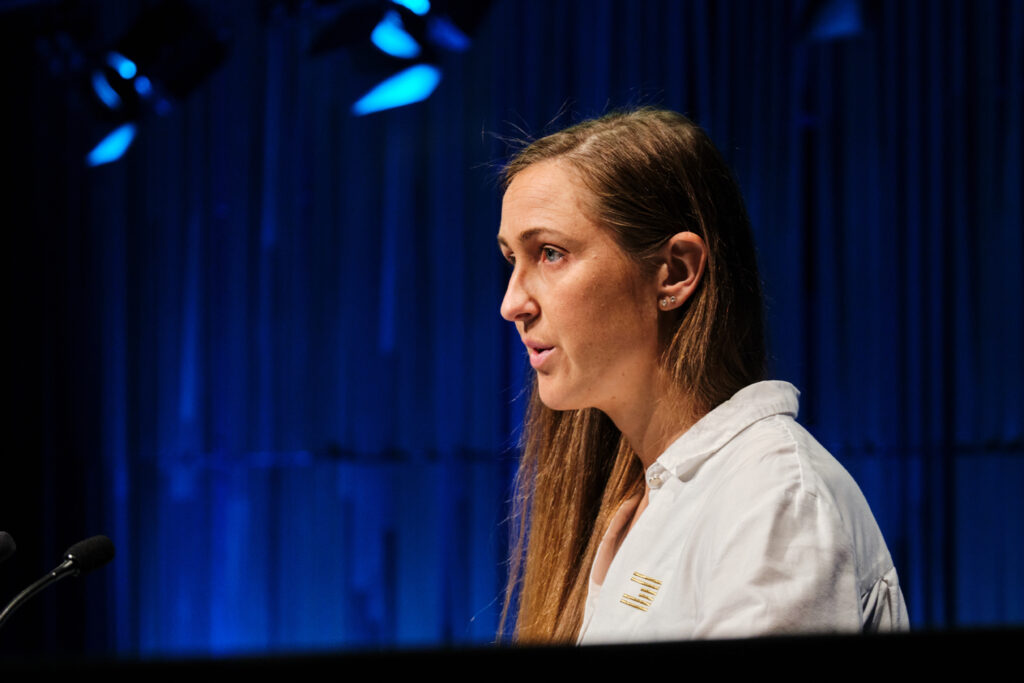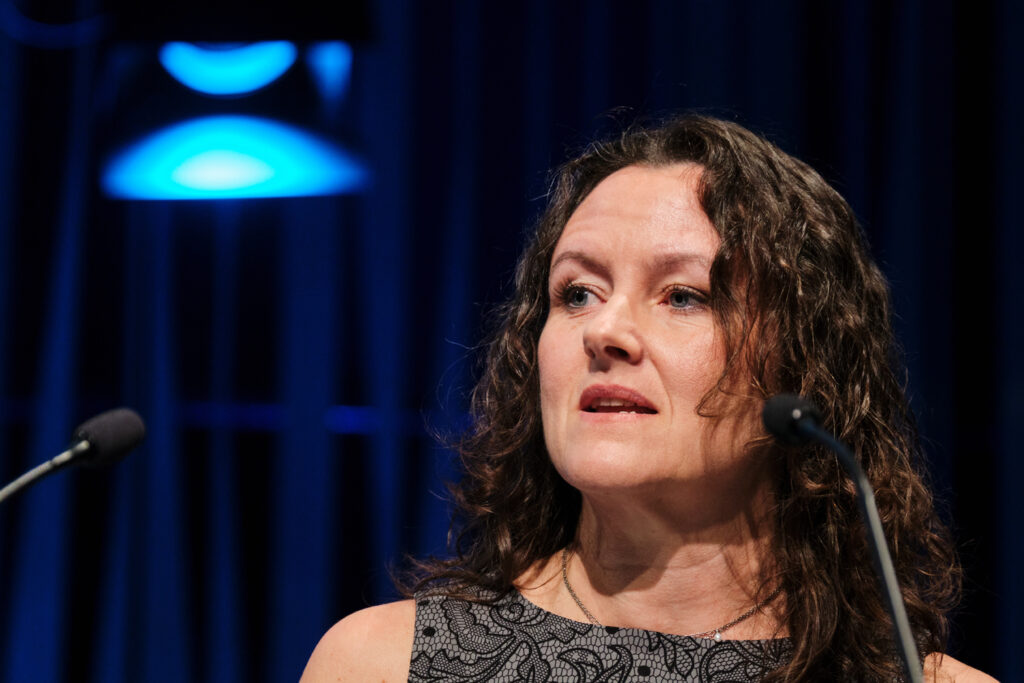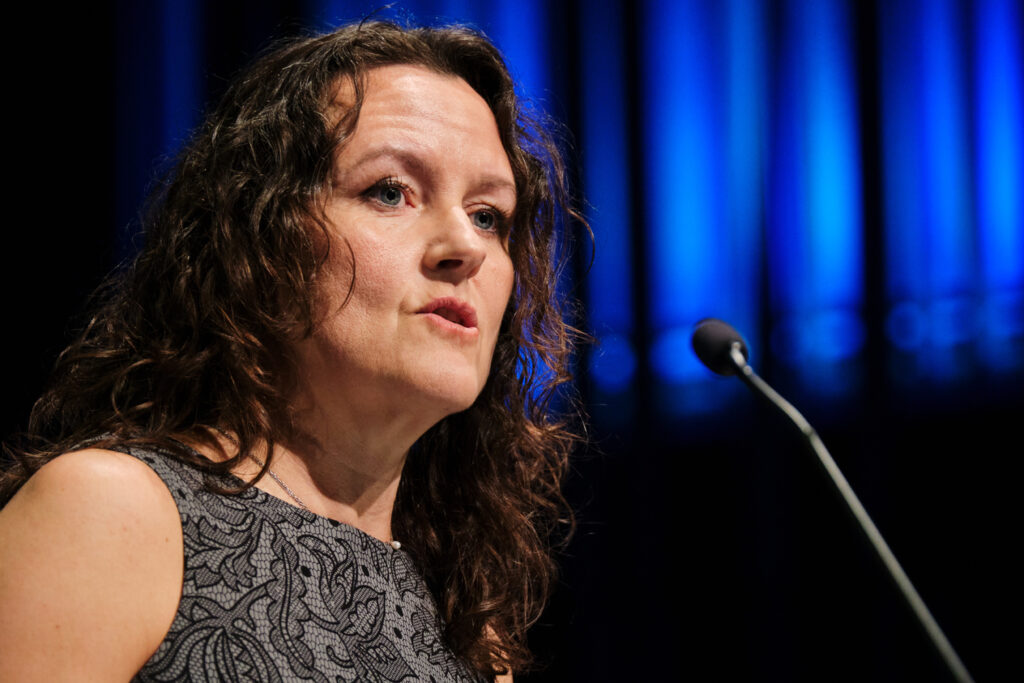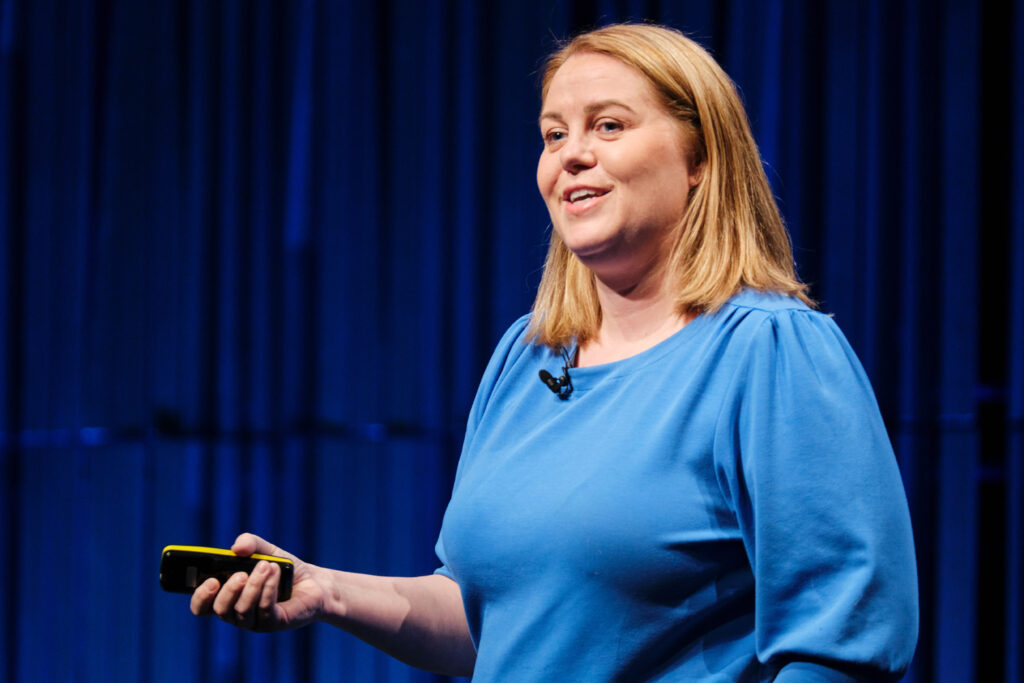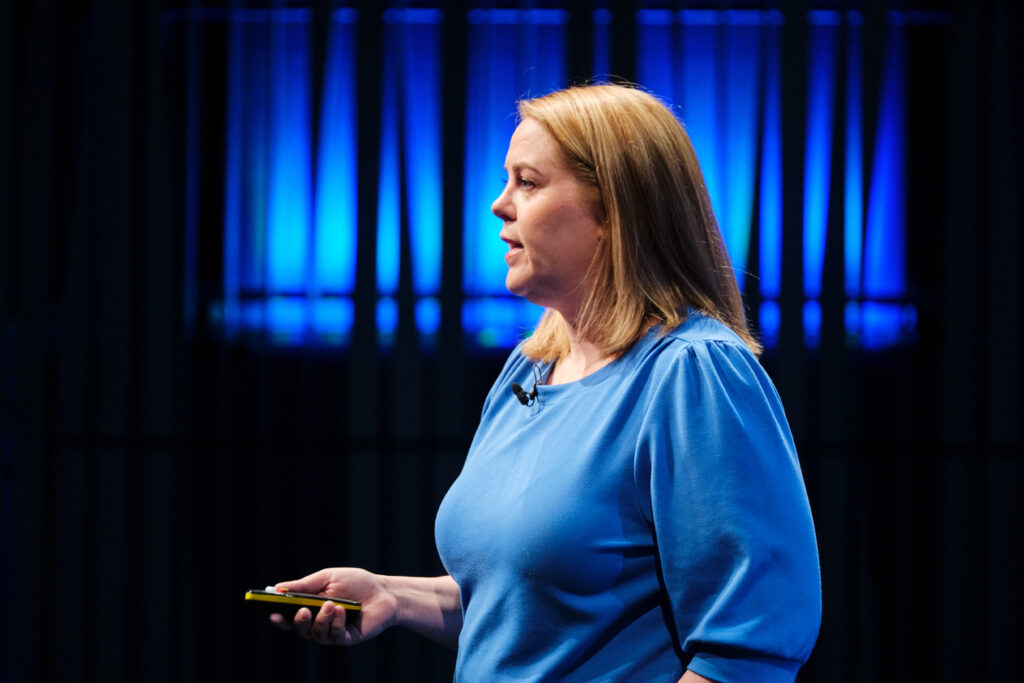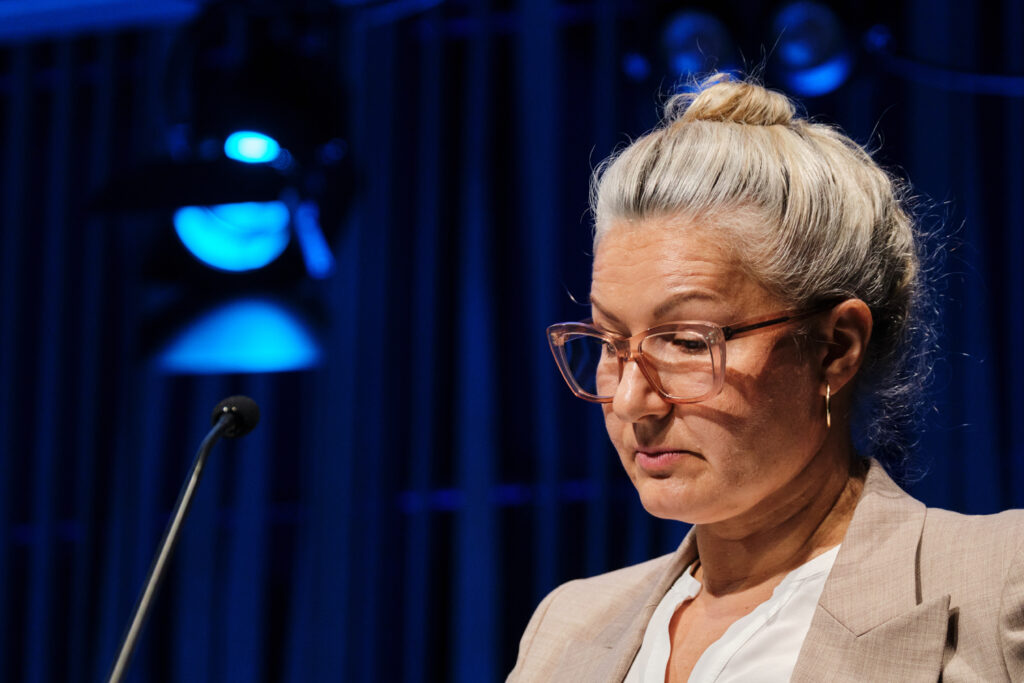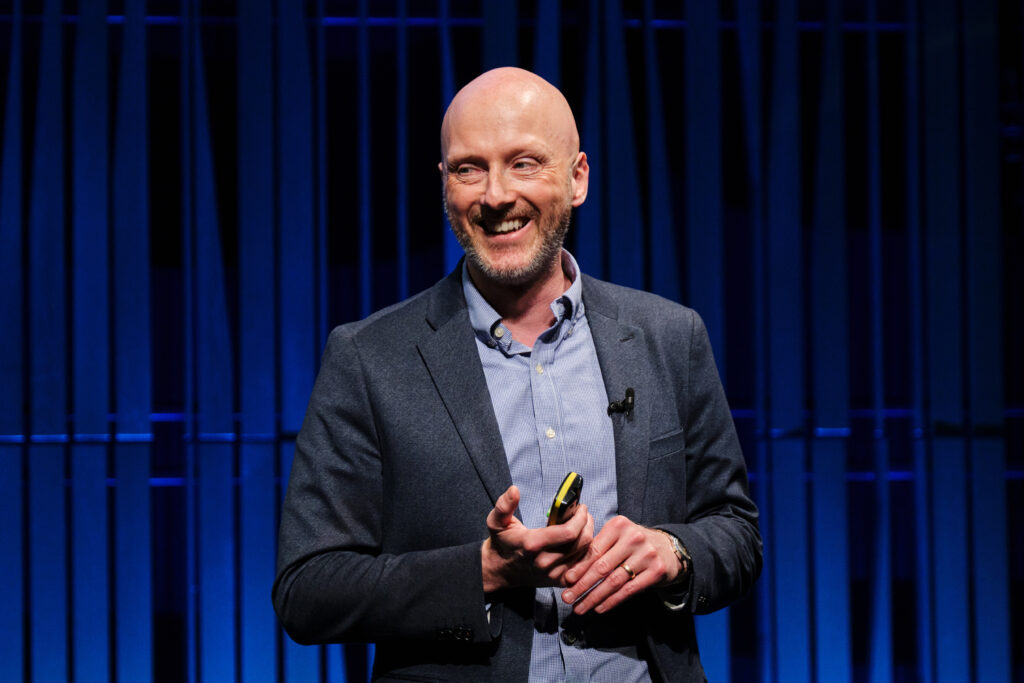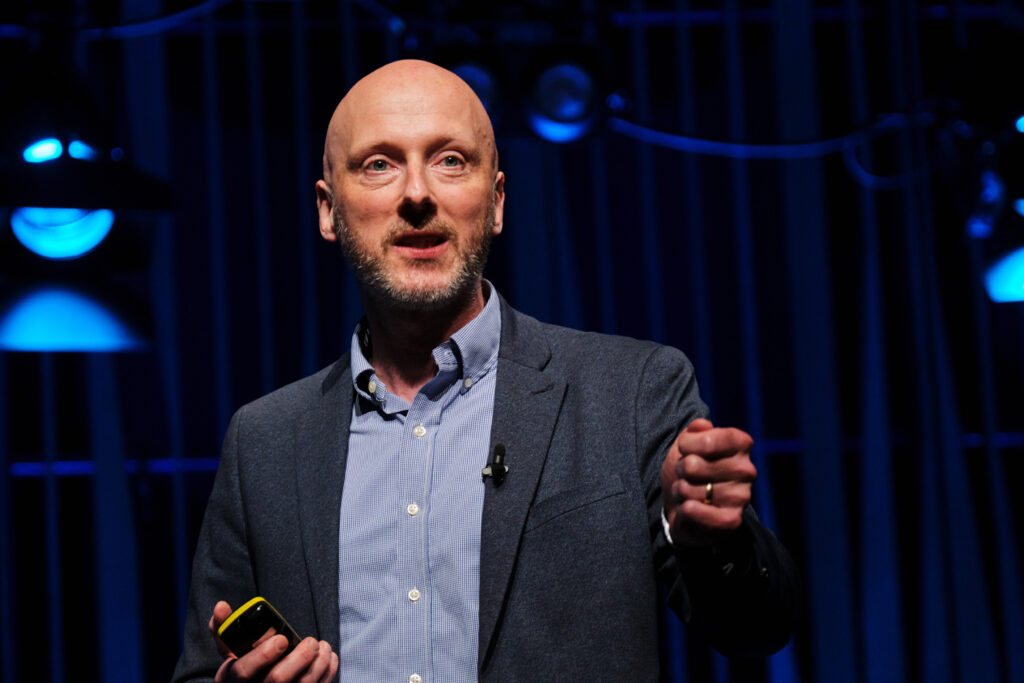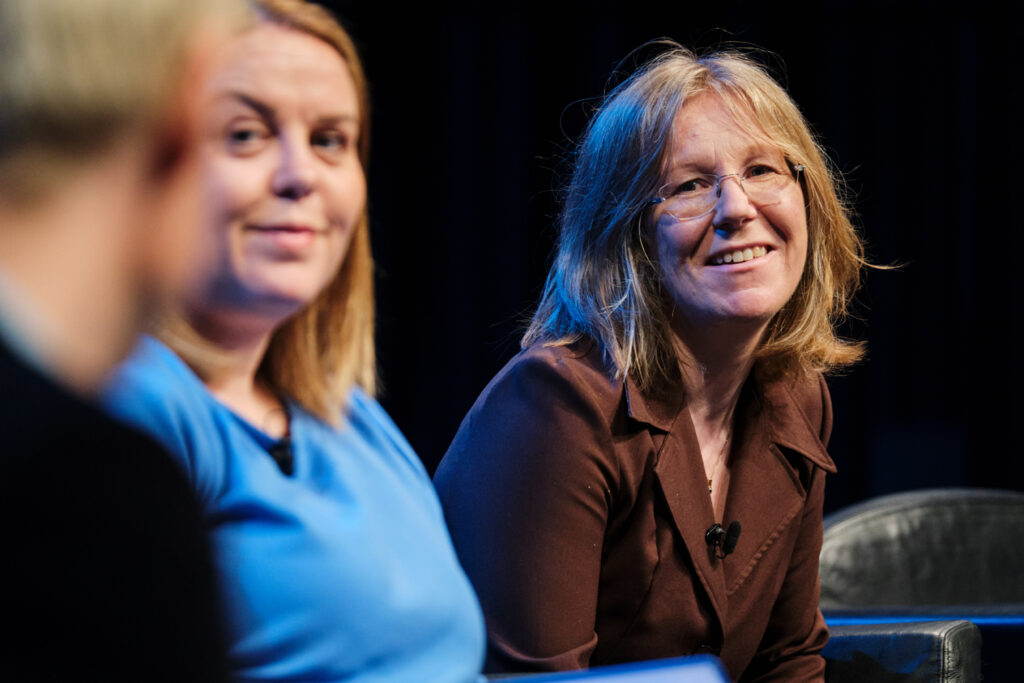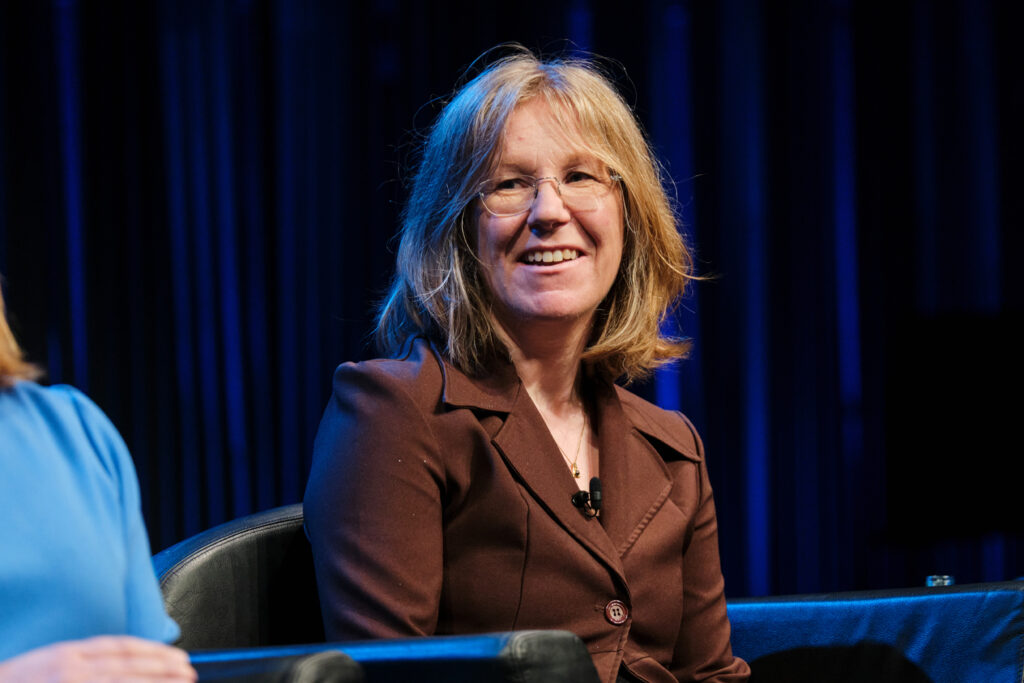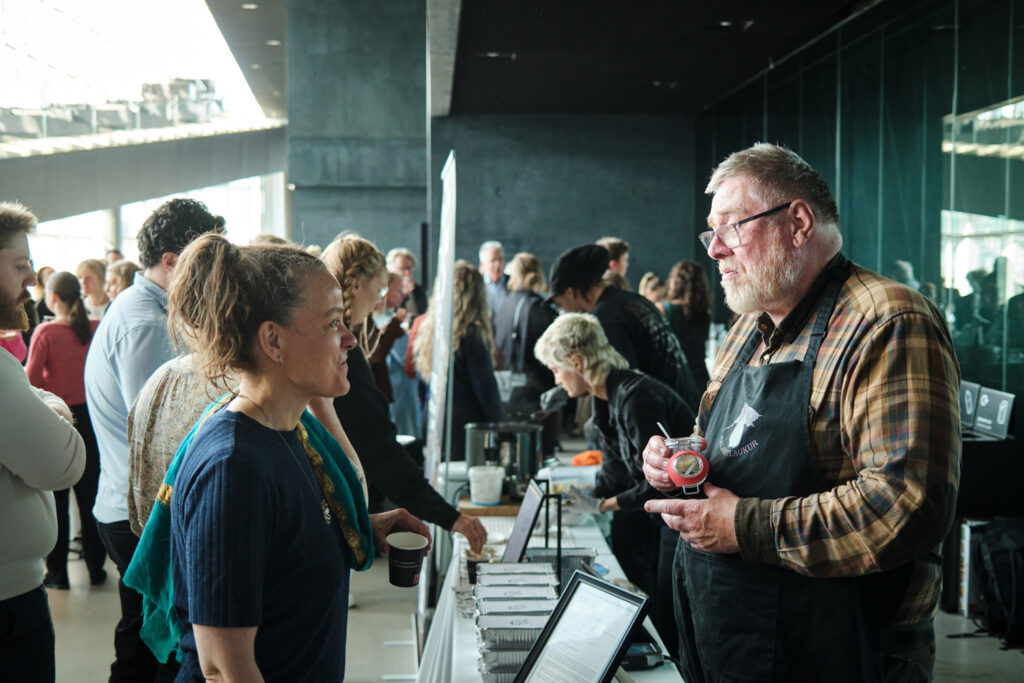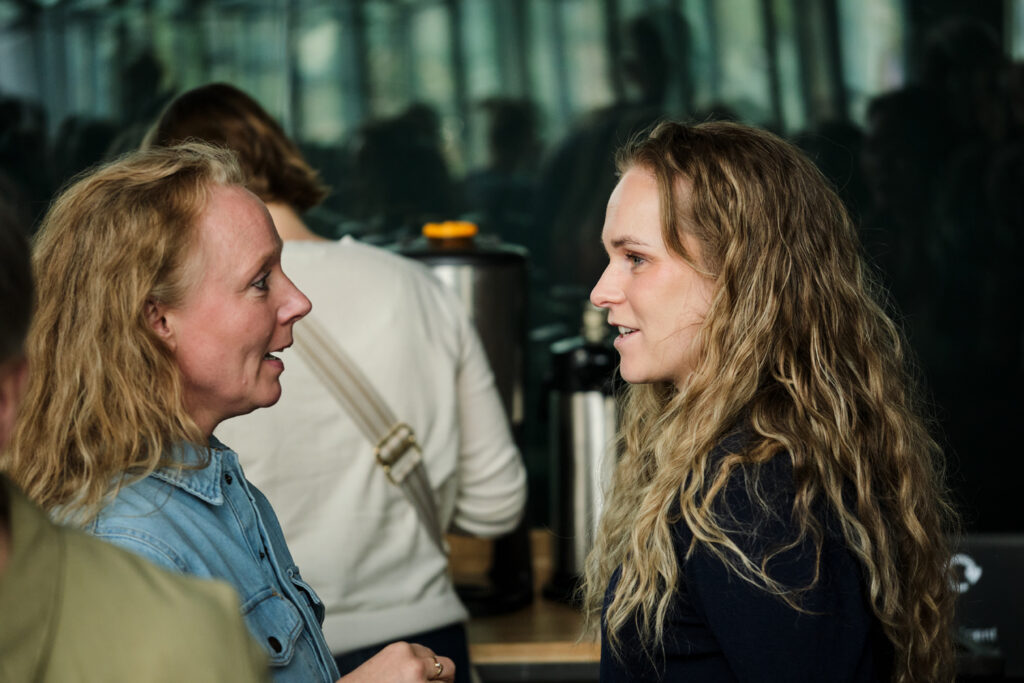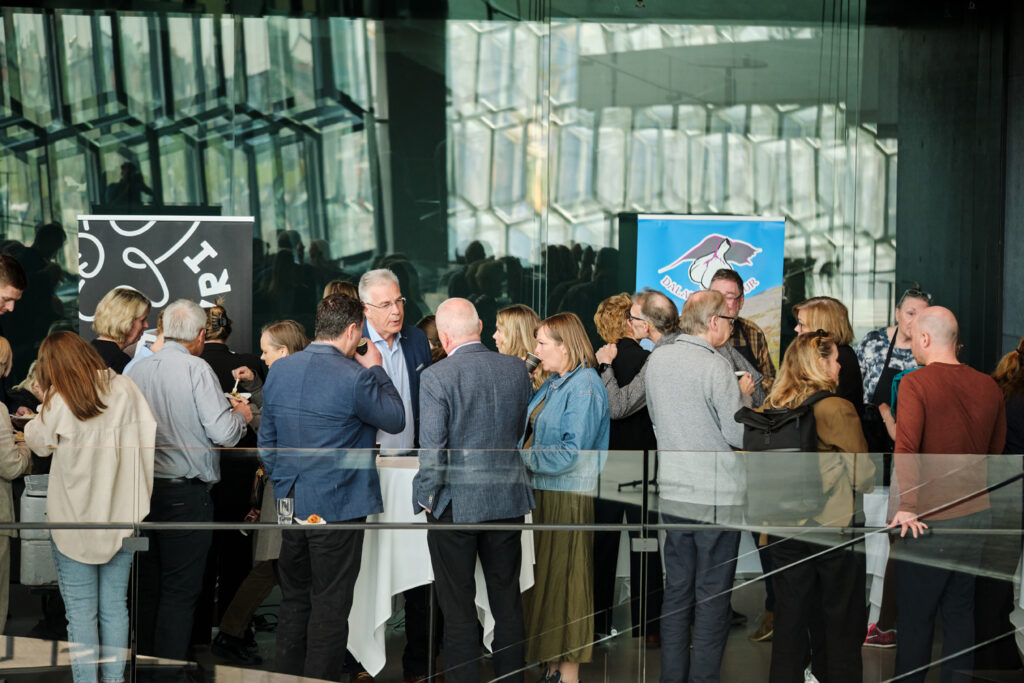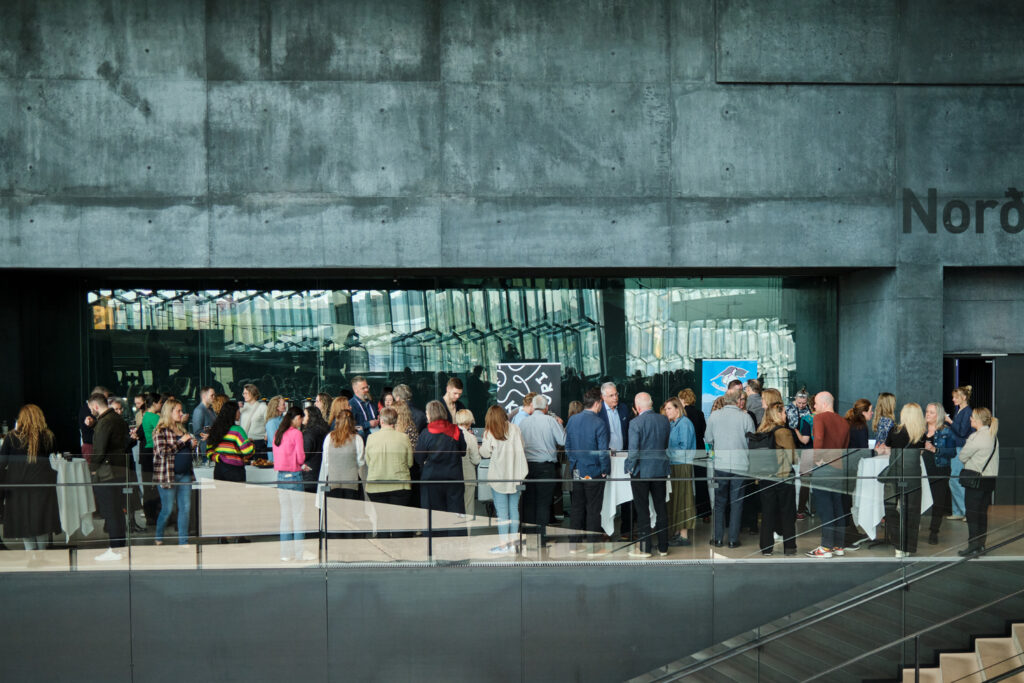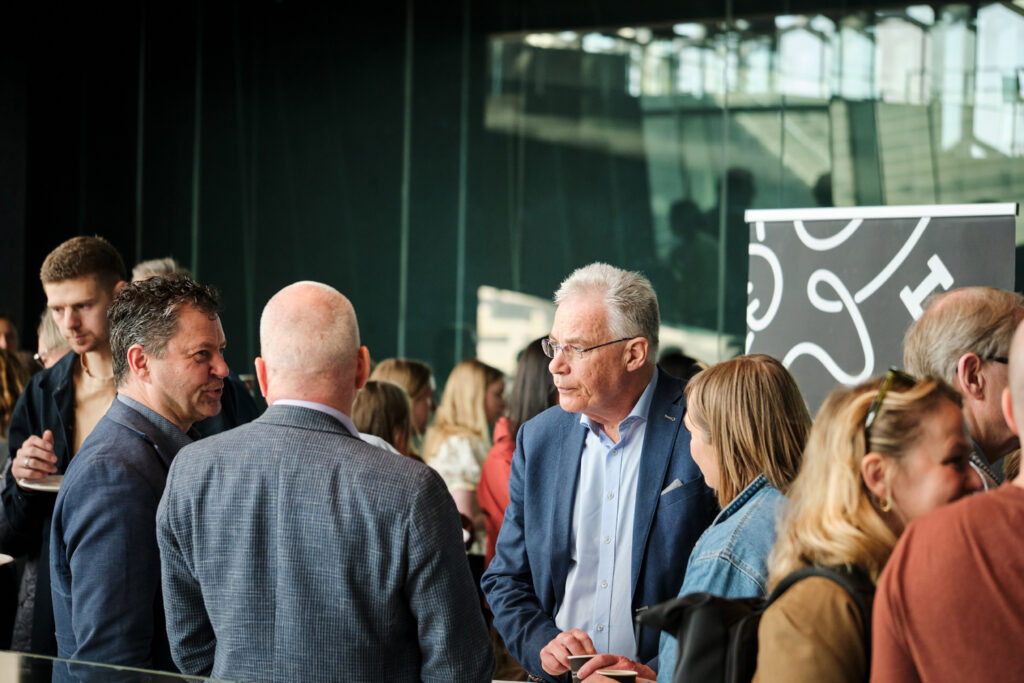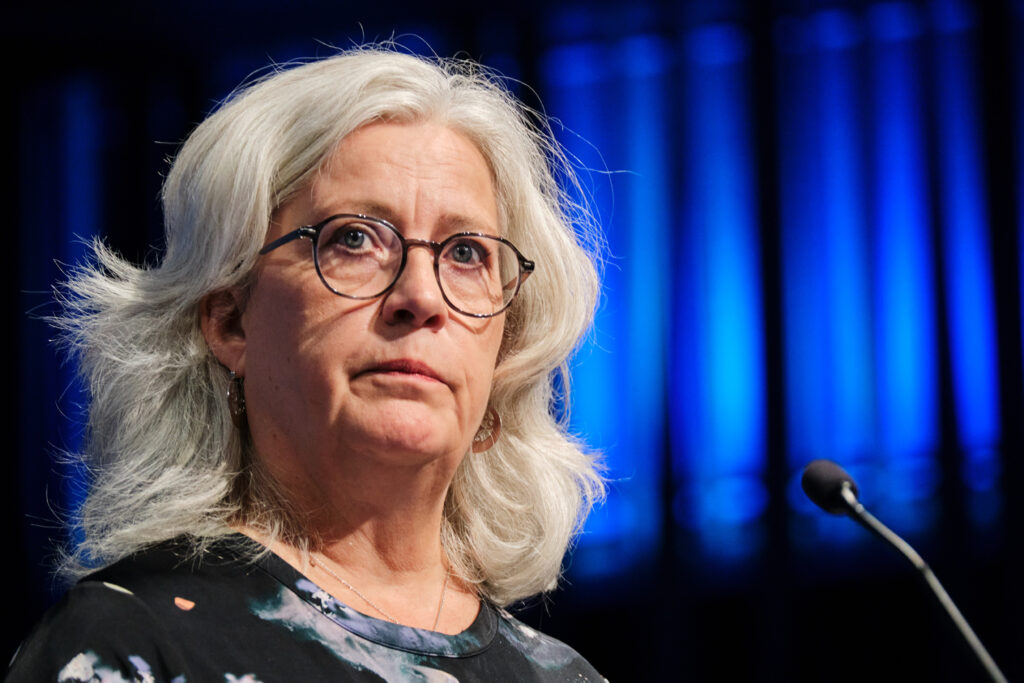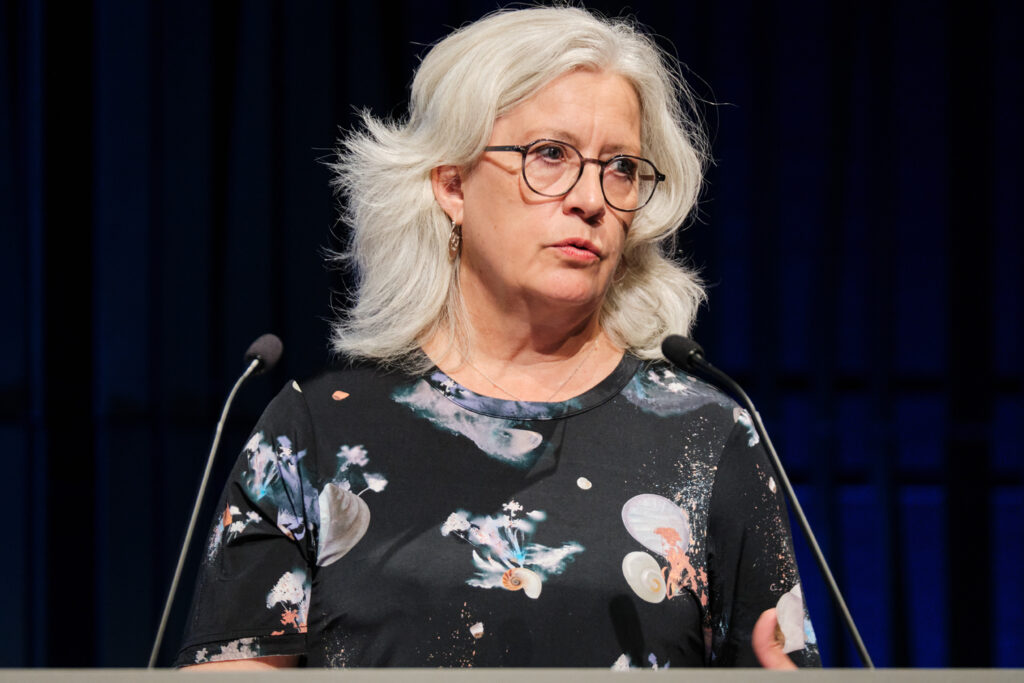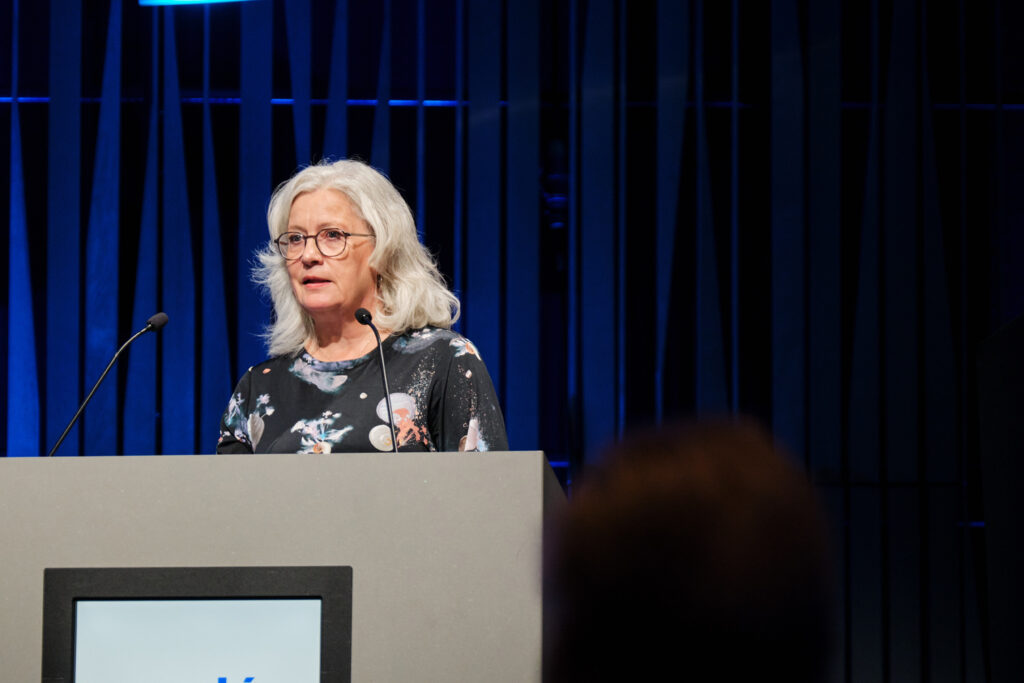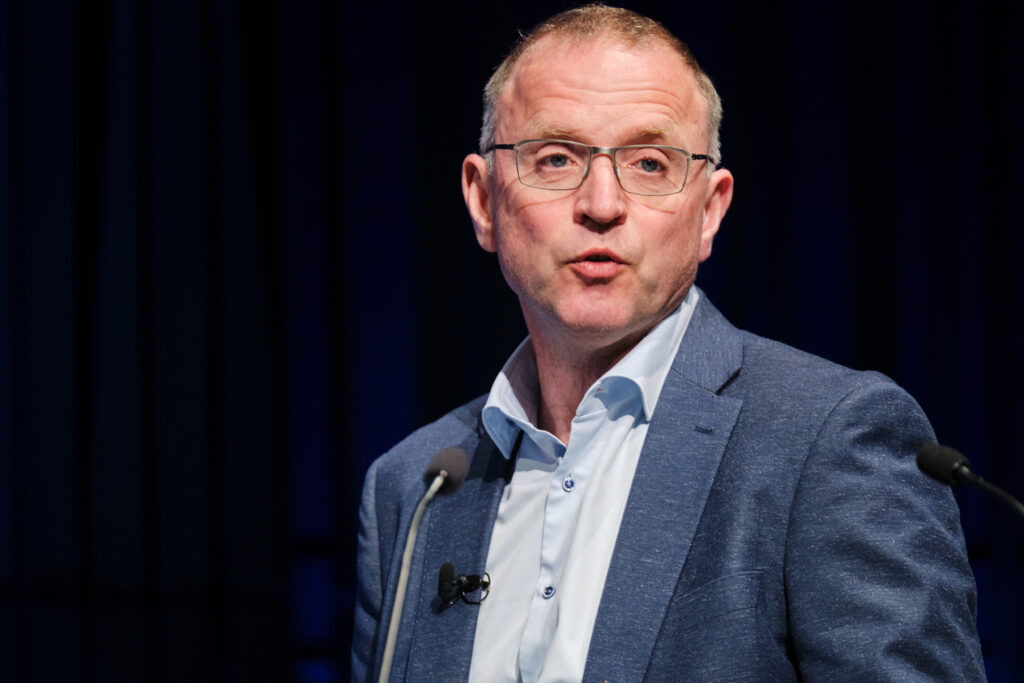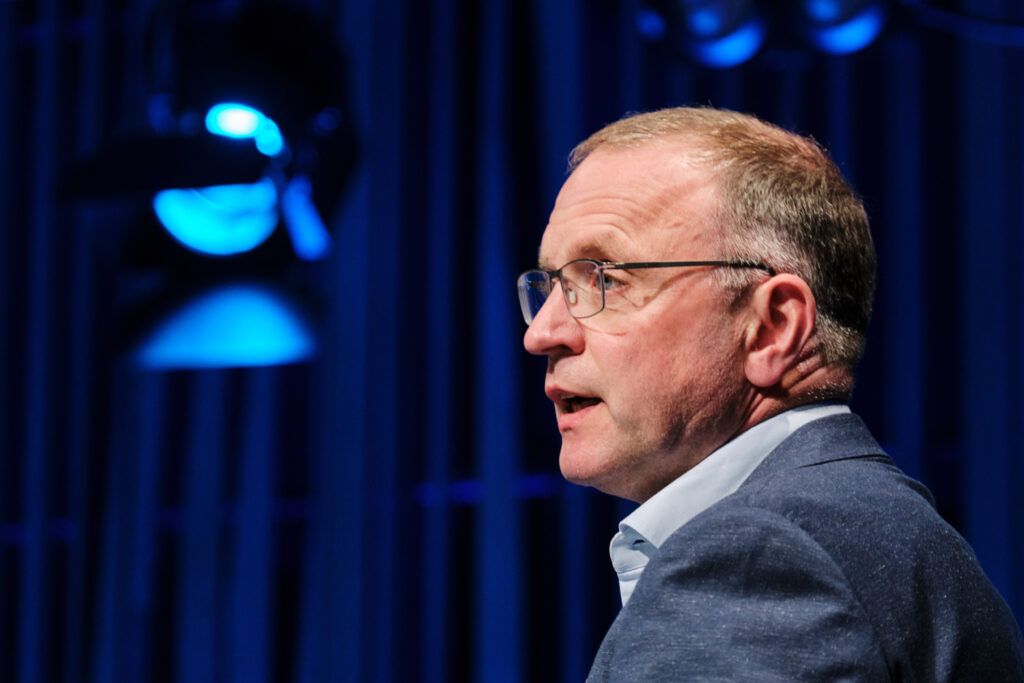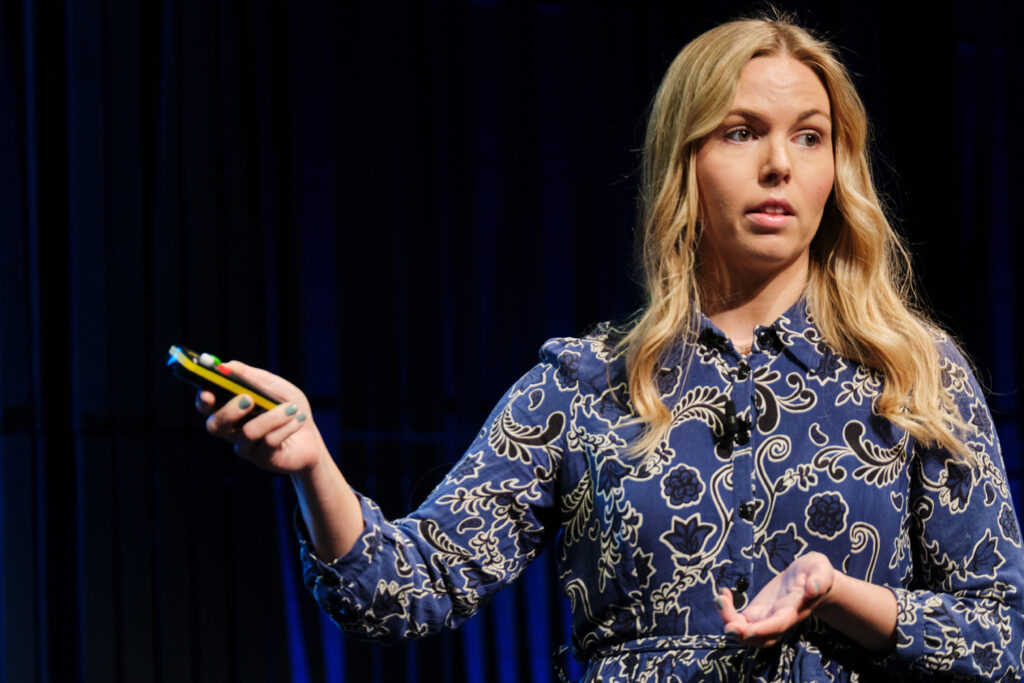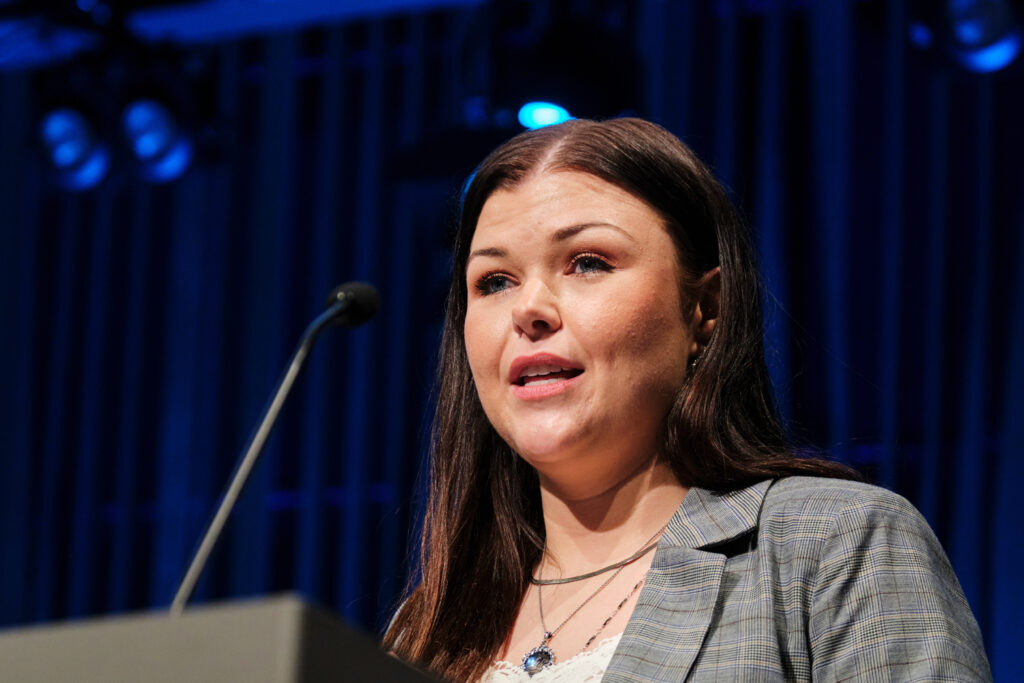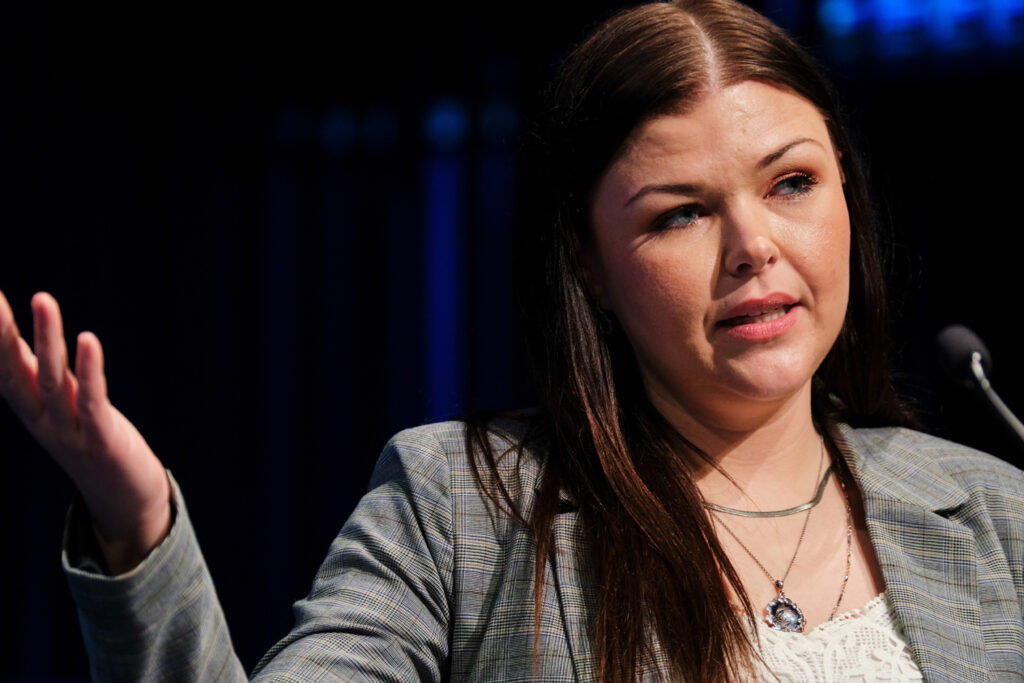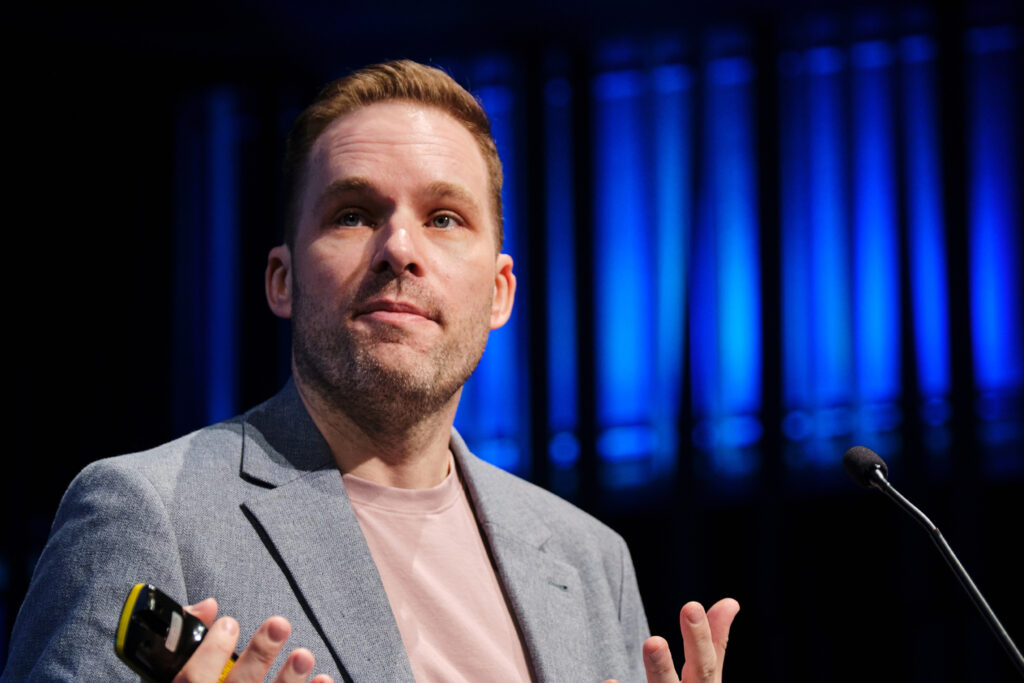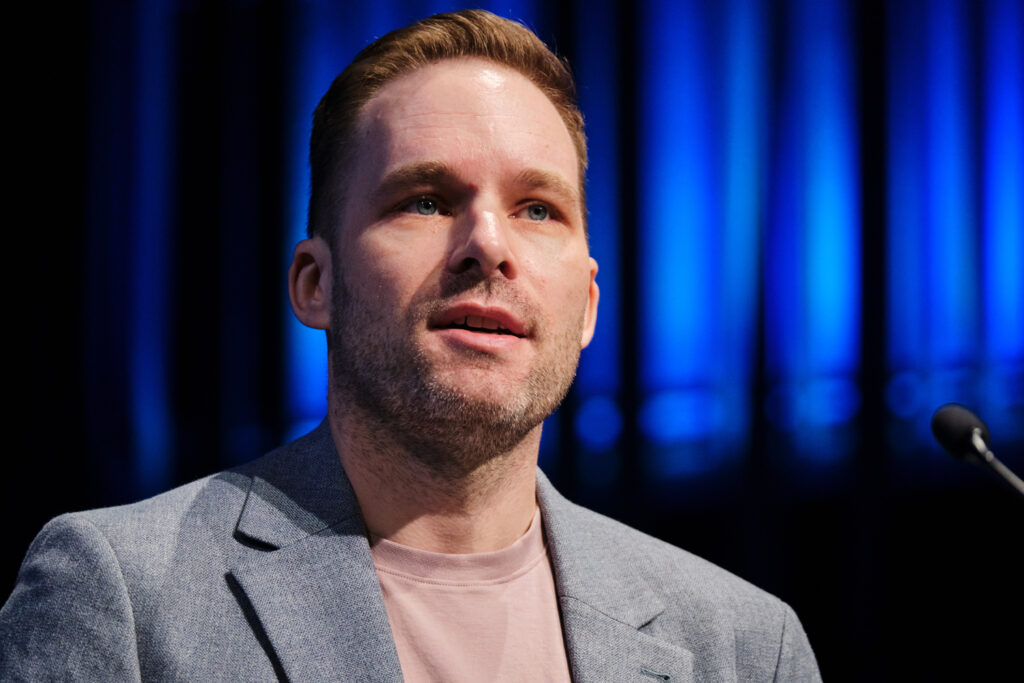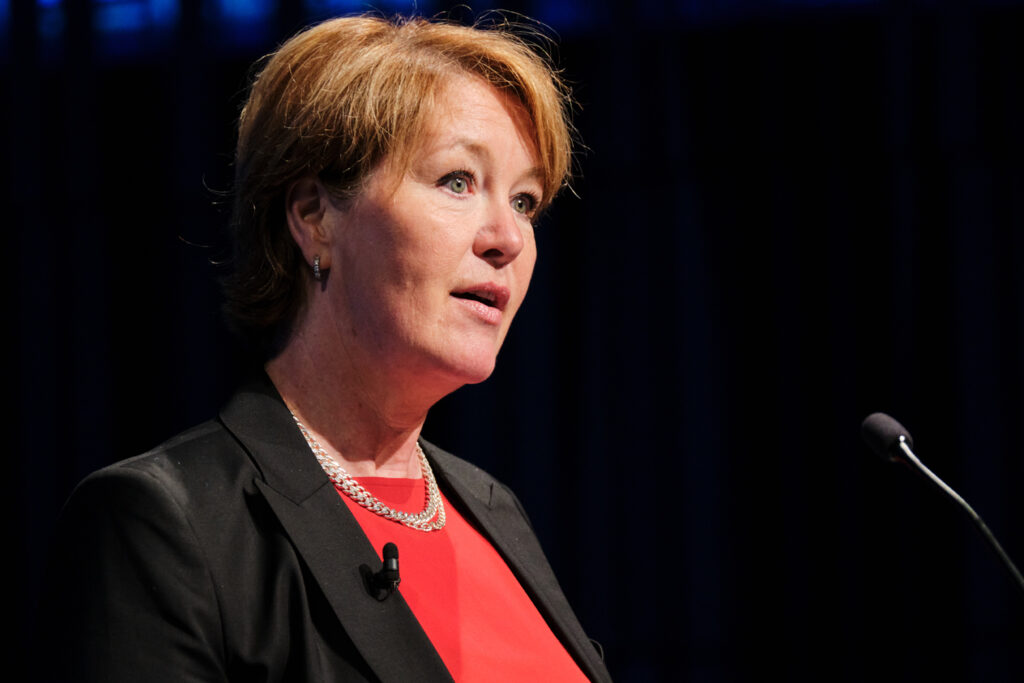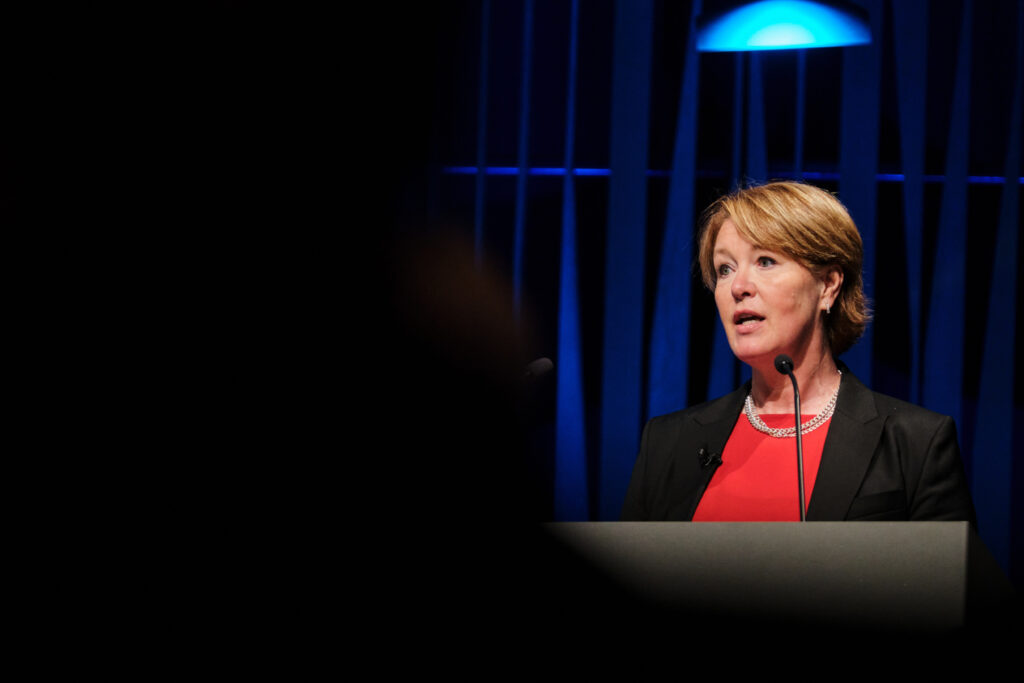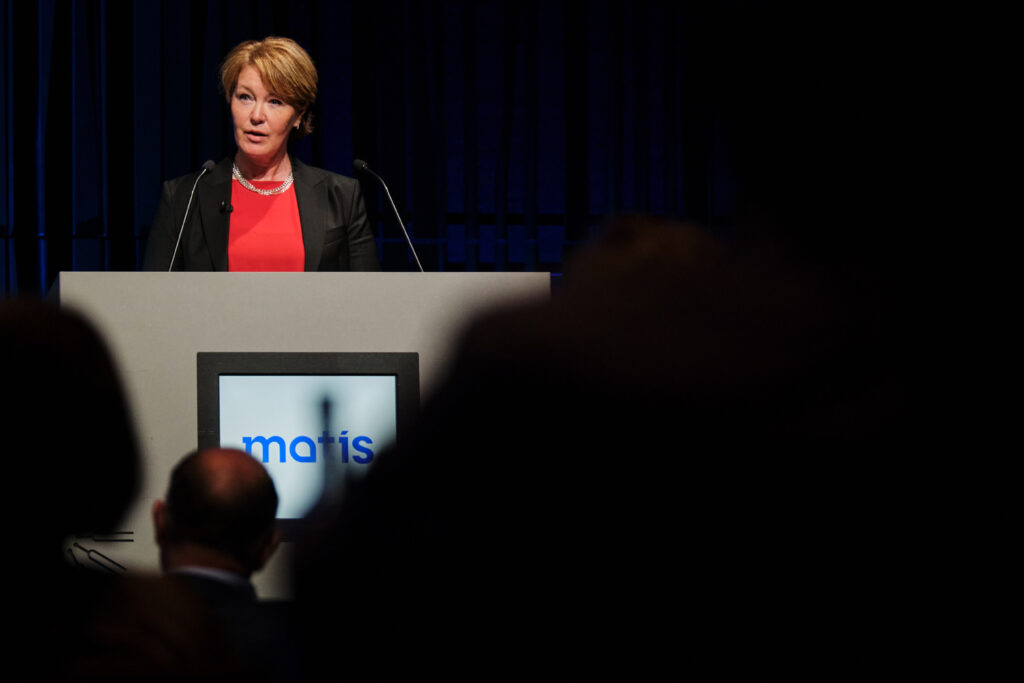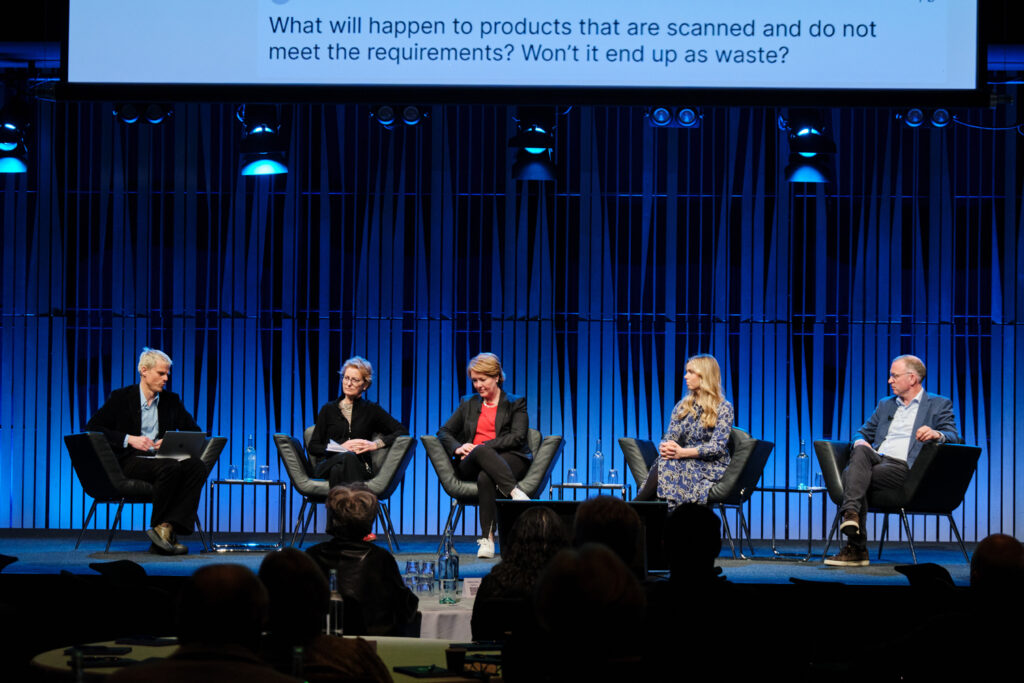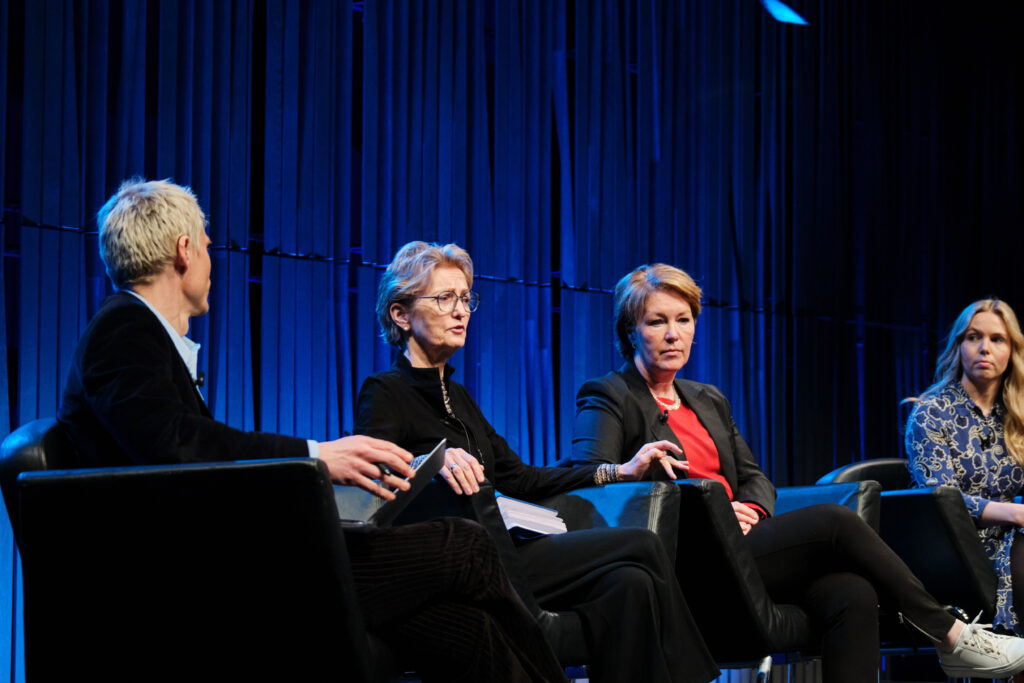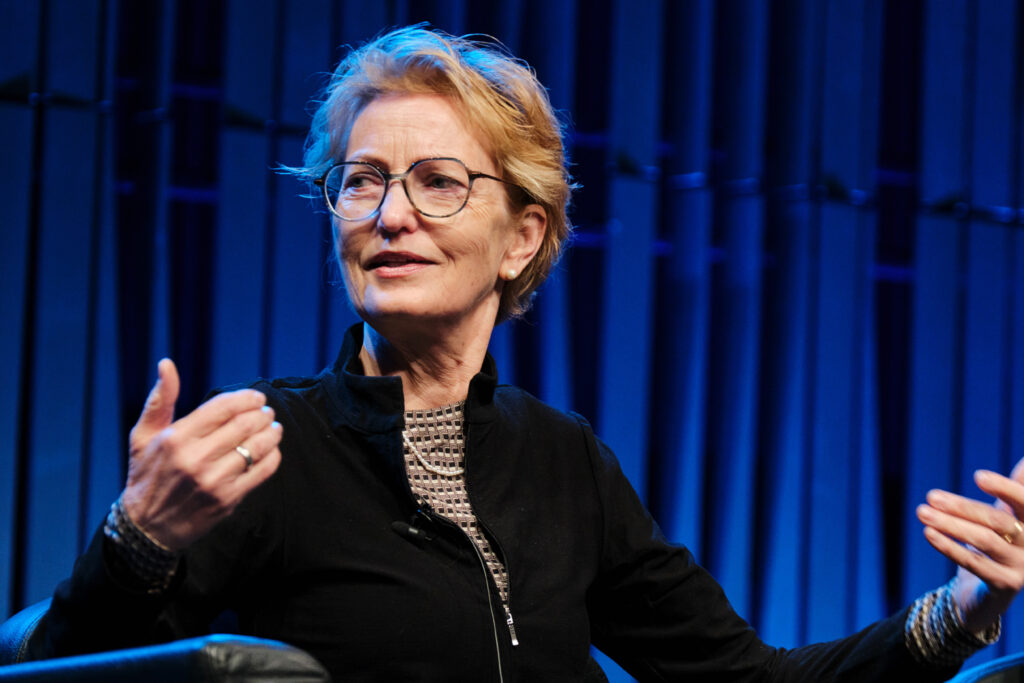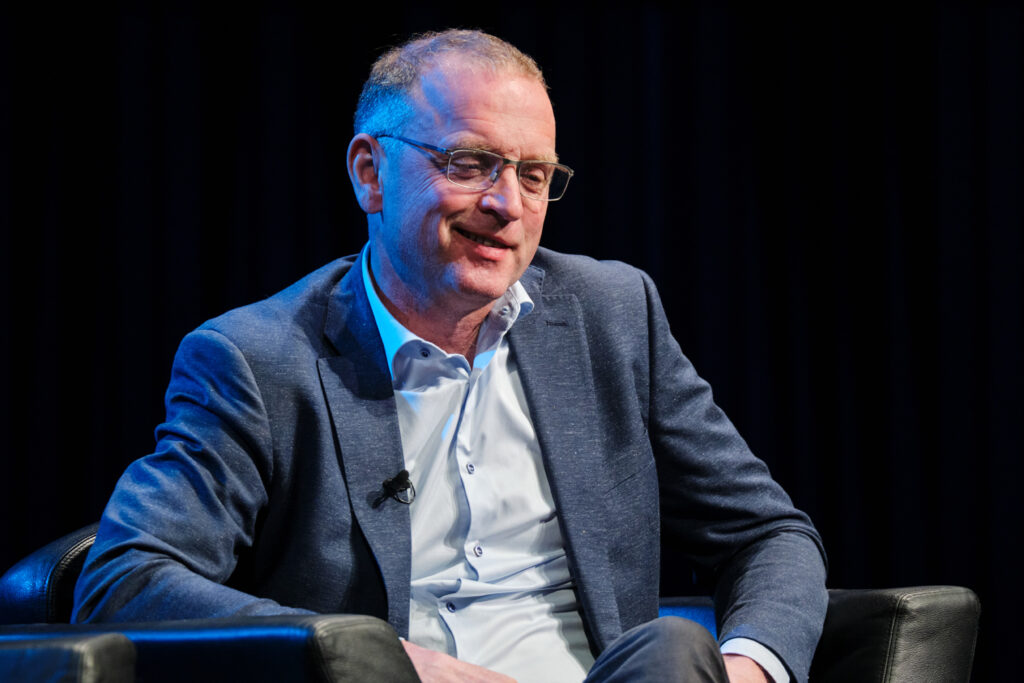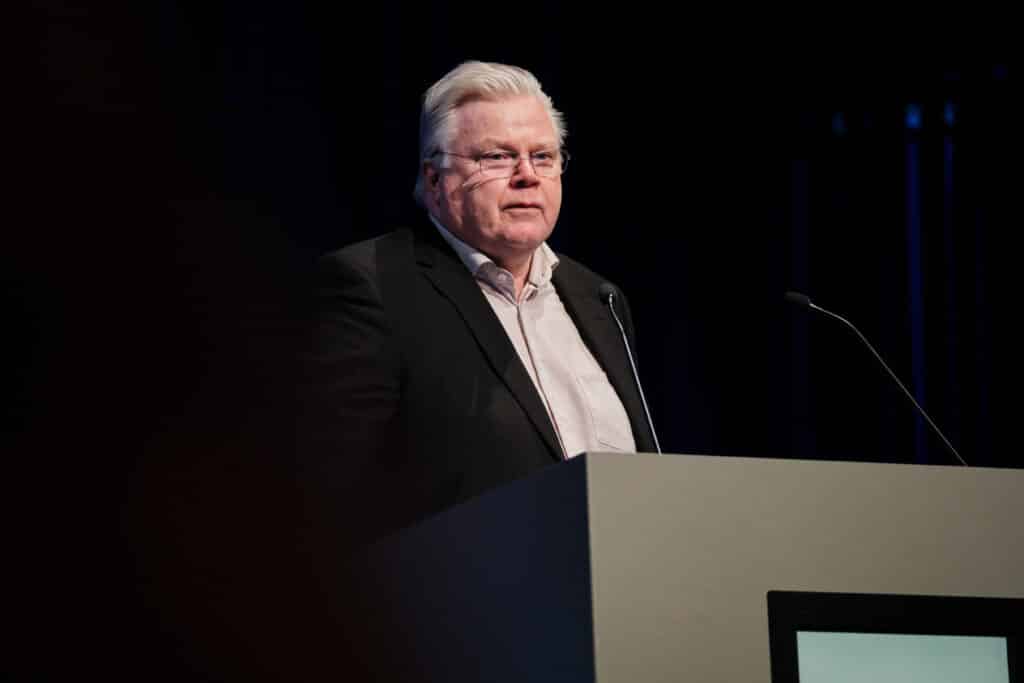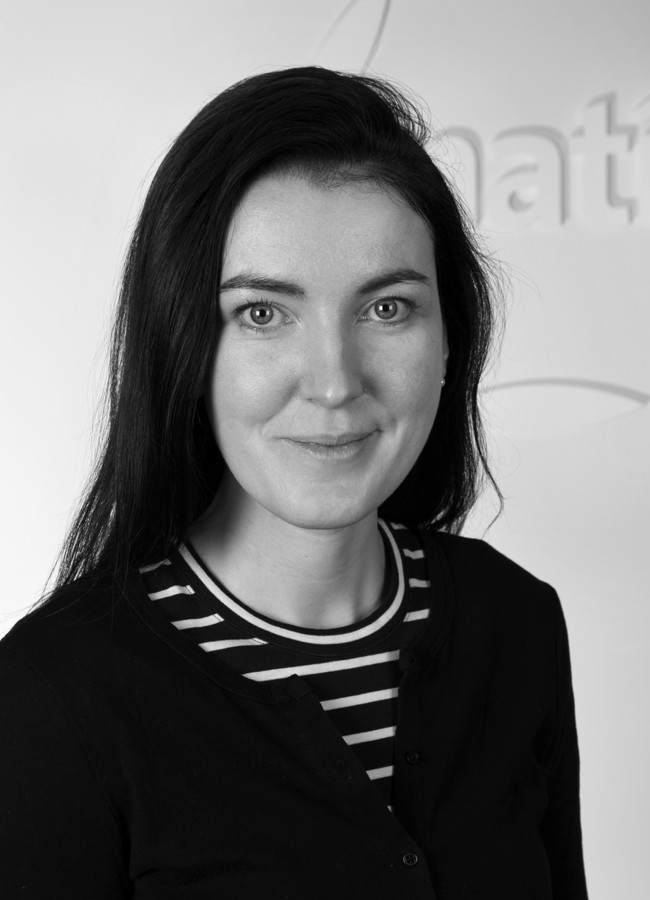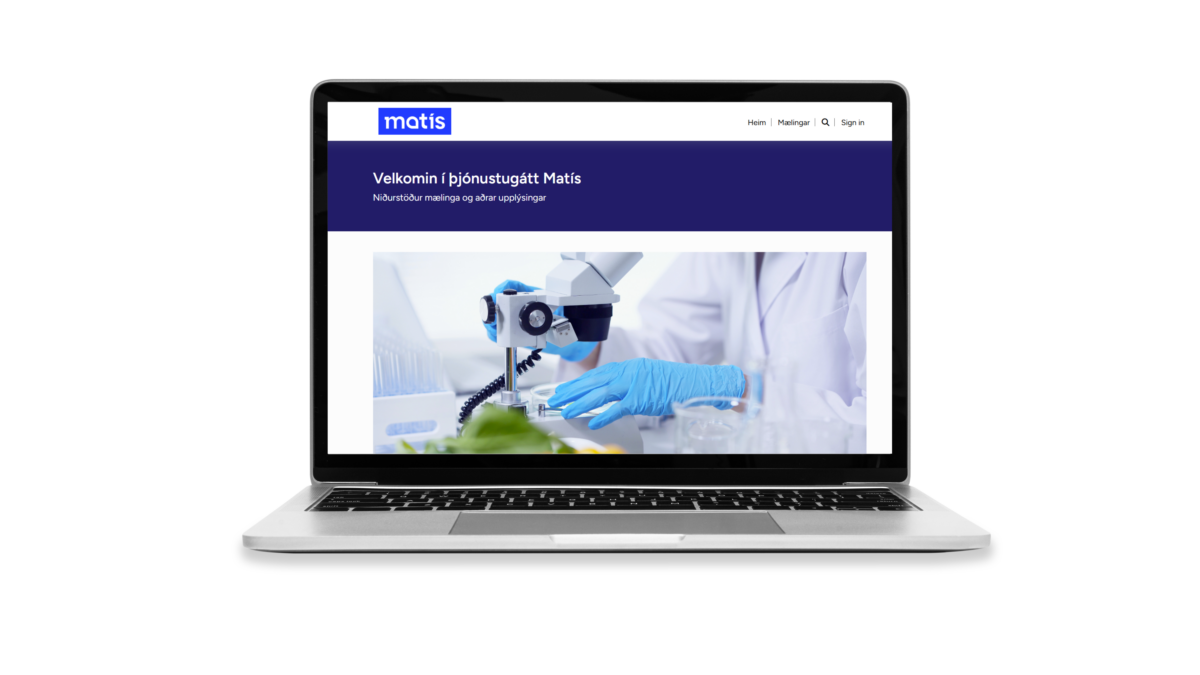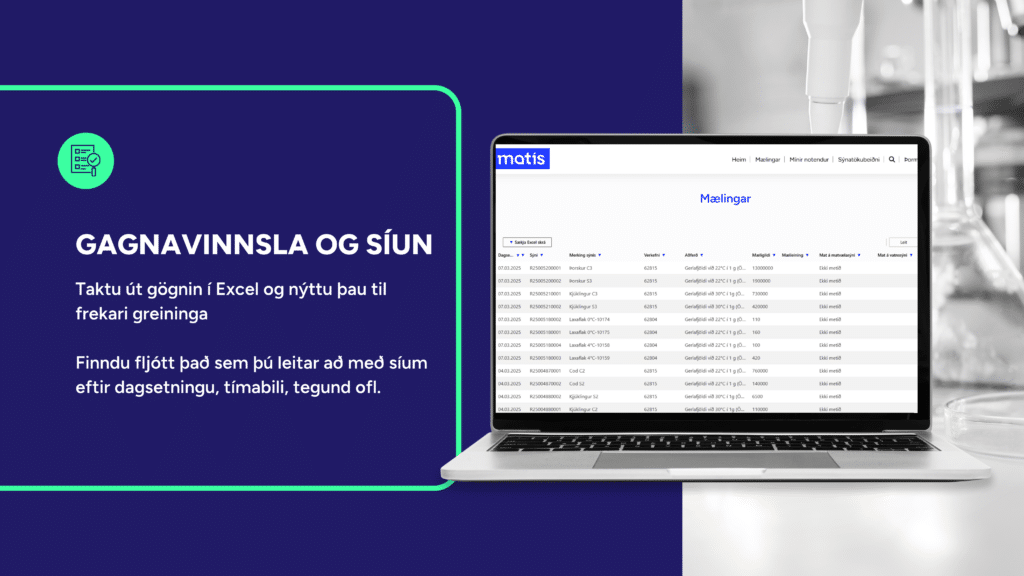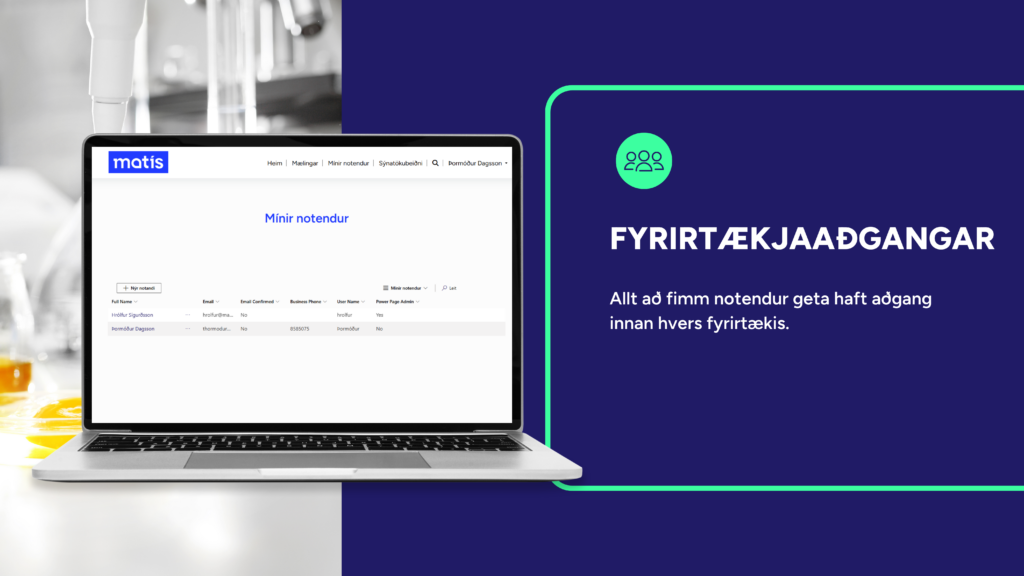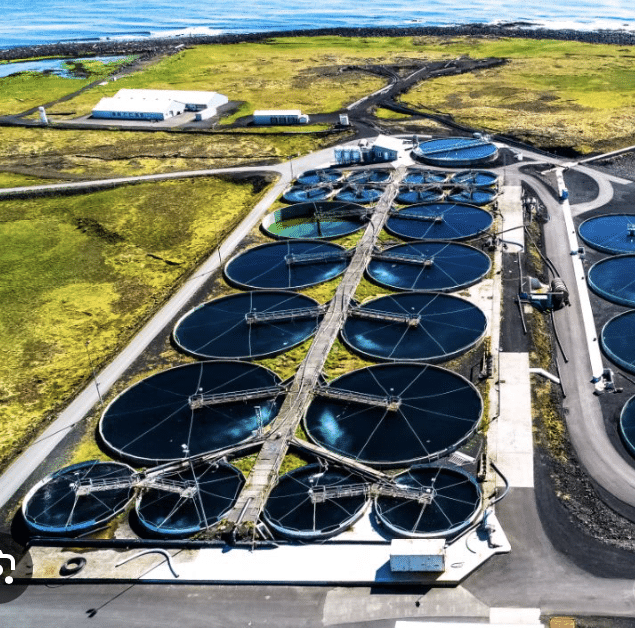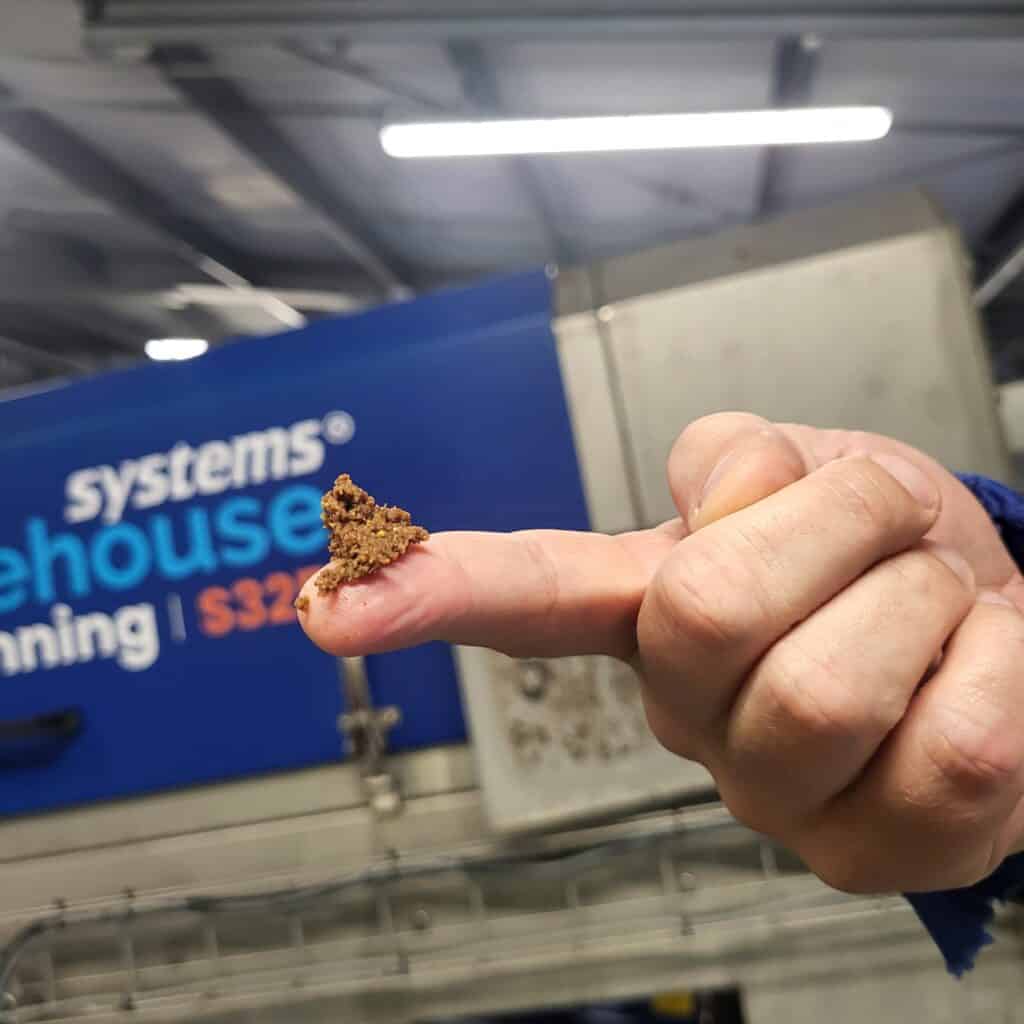Nýjar lausnir fyrir áskoranir framtíðar – Sérfræðingar NATALIE verkefnisins heimsækja Ísland
Dagana 19.–22. maí mun hópur sérfræðinga úr alþjóðlega rannsóknarverkefninu NATALIE heimsækja Ísland. Sérfræðingarnir starfa á sviði náttúrumiðaðra lausna (e. Nature-Based Solutions, NBS) og fjármögnunar þeirra. Heimsóknin er einstakt tækifæri fyrir alla sem starfa með umhverfismál og loftslagsaðlögun til að kynnast nýjustu lausnum sem miða að því að auka viðnámsþol samfélaga gegn áhrifum loftslagsbreytinga.
Á vinnufundi með hagaðilum, sem haldinn er á Reyðarfirði, miðvikudaginn 21. maí verður farið yfir helstu niðurstöður verkefnisins hingað til, auk þess sem rætt verður um næstu skref í framhaldi verkefnavinnunnar.
Austurland leiðandi á norðurslóðum
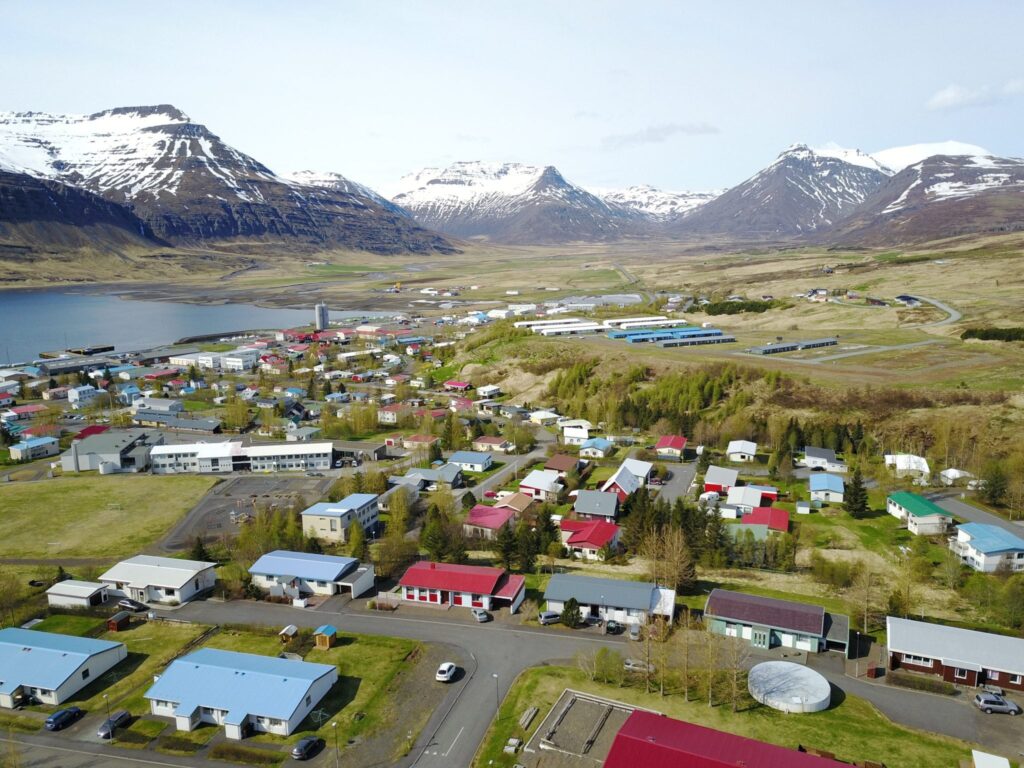
Í janúar 2024 tók Matís við forystu í tilviksrannsókn NATALIE fyrir norðurslóðir (CS7 – Arctic Case Study), og tók þar með við hlutverki Noregs sem rannsóknarsvæði. Við þessar breytingar komu inn í verkefnið sjálfseignarstofnunin Austurbrú og íslenska nýsköpunarfyrirtækið GreenFish sem samstarfsaðilar Matís, og Austurland var skilgreint sem rannsóknarsvæði verkefnisins.
Áhersla rannsóknarinnar er að meta hvernig náttúrumiðaðar lausnir geti stutt við sjálfbærni og stjórnun strandsvæða Austurlands. Svæðið býr yfir fjölbreyttum áskorunum sem tengjast loftslagsbreytingum, m.a. hættu á aurskriðum, snjóflóðum, hækkandi sjávarstöðu og þörungablómgun sem hefur áhrif á vatnsgæði og lífríki fjarðanna.
Samstarf hagsmunaaðila lykilatriði
Í júní 2024 var haldin vinnustofa með helstu hagsmunaaðilum á Austurlandi þar sem verkefnið var kynnt og farið yfir helstu áskoranir svæðisins. Þá var jafnframt unnið að greiningu á mögulegum lausnum til að styrkja samfélögin gegn náttúruvá og veðurröskunum.
Vinnustofan skapaði mikilvægan vettvang til að kynna hugtakið náttúrumiðaðar lausnir og hvernig þær geta stuðlað að sjálfbærni og eflt viðnámsþol og samfélaga.
- Greining á helstu áskorunum af völdum veðurraskana og áhrifum þeirra á Eskifirði, Reyðarfirði og Seyðisfirði.
- Áskoranir og áhættuþættir metnir með tilliti til náttúrumiðaðra lausna.
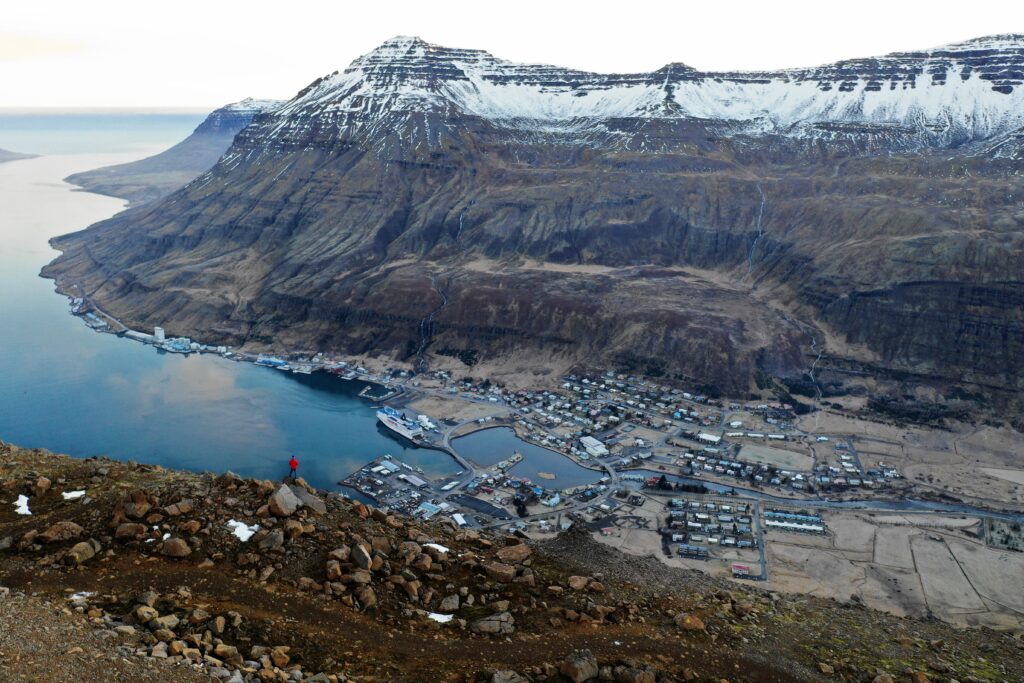
Helstu áherslur rannsóknarinnar út frá niðurstöðum
- Greining á vatnsgæðum og þróun stafræns kerfis, spálíkans byggðu á gervihnattamyndum (Sentinel-2) til að fylgjast með hitastigi sjávar, næringarefnum og chlorophyll-magni í fjörðunum.
- Hönnun notendaviðmóts sem birtir áhættustig þörungablóma og upplýsingar um vatnsgæði, til að styðja við gagnadrifnar ákvarðanir hagsmunaaðila. Greining á náttúrumiðuðum lausnum til innleiðingar unnin í samráði við hagsmunaaðila verkefnisins.
- Innleiðing náttúrumiðara lausna unnin í samstarfi við hagsmunaaðila.
Nýsköpun í gagnavinnslu og líkanagerð
Mikil áhersla hefur verið lögð á þróun tæknilegra lausna sem auðvelda ákvarðanatöku og veita yfirsýn yfir stöðu umhverfisins.
- Keðjuverkunarlíkan náttúruhamfara (e. Cascading Failure Model) hefur verið þróað til að meta hvernig náttúruhamfarir og veðurraskanir geta haft keðjuverkandi áhrif á innviði samfélaga, svo sem heilbrigðisþjónustu, hafnir og fiskeldi.
- MCDA-GIS greiningaraðferð (Multi-Criteria Decision Analysis með samþættingu landupplýsingakerfa) er notuð til að meta hættu á aurskriðum og kortleggja svæði þar sem náttúrumiðaðar lausnir geta skilað mestum árangri.
- Ljósþyngdarreiknir (LightGBM) hefur verið nýttur til að þróa nákvæmt líkön sem flokka alvarleika þörungablóma, byggt á viðmiðum Alþjóðaheilbrigðismálastofnunarinnar (WHO).
- Notendaviðmót á vef er í þróun sem mun veita daglegar uppfærslur um áhættustig þörungablóma og vatnsgæði, sem styrkir bæði vöktun og viðbragðsgetu.
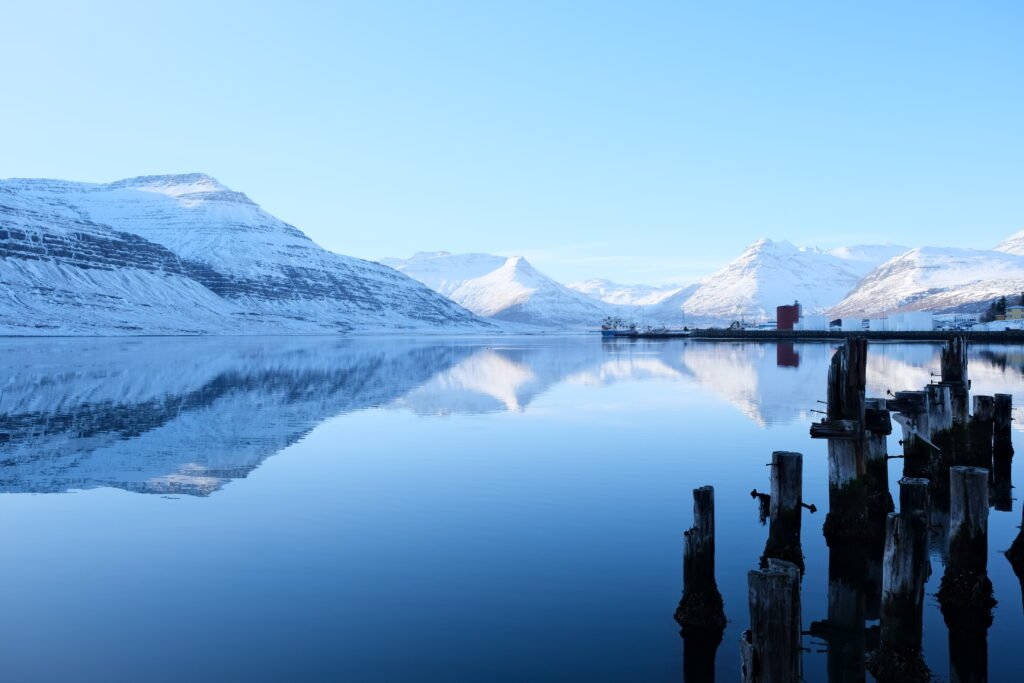
Alþjóðlegt samstarf og öflug fjármögnun
NATALIE verkefnið nýtur 15 milljóna evra (um 2,2 milljarða ISK) styrks frá Horizon Europe og stendur yfir í fimm ár, ágúst 2023 – 2028. Verkefnið sameinar 45 samstarfsaðila frá 13 löndum, með það að markmiði að þróa og sannreyna náttúrumiðaðar lausnir sem auka viðnámsþol samfélaga gagnvart loftslagsbreytingum og veðuröfgum.
Yfirumsjón verkefnisins er í höndum International Office for Water (OiEau) í Frakklandi.
Nánari upplýsingar um verkefnið má finna á heimsíðu þess en einnig á Matís website. Jafnframt er hægt að hafa beint samband við verkefnastjóra verkefnisins Önnu Berg Samúelsdóttur, annab@matis.is
Forsíðumynd: Jessica Auer, Fjarðarbyggð
